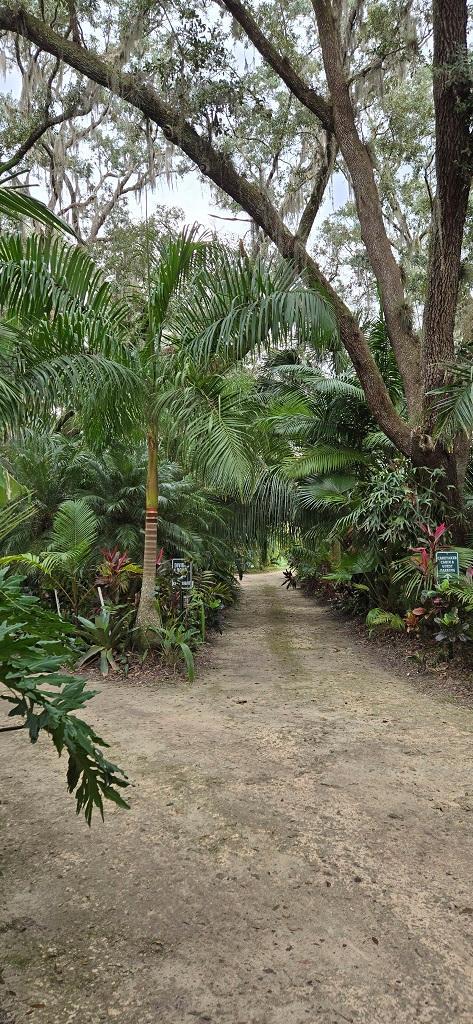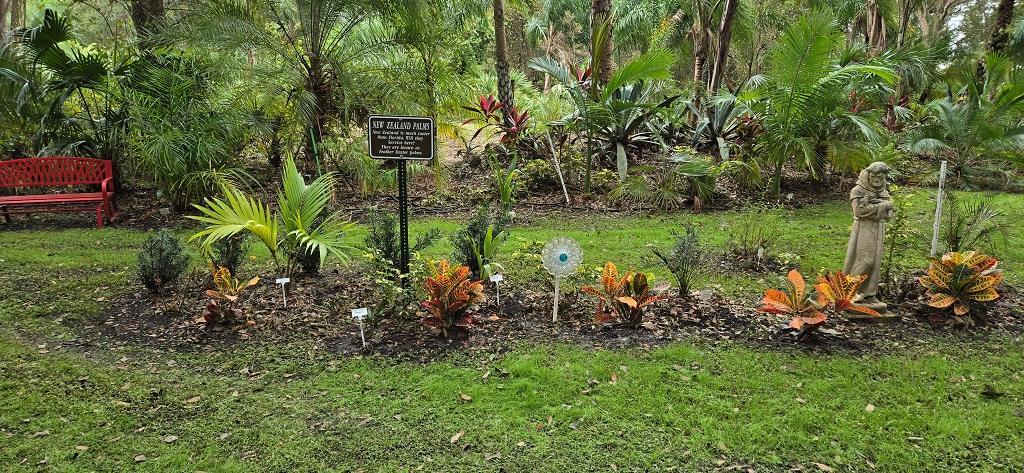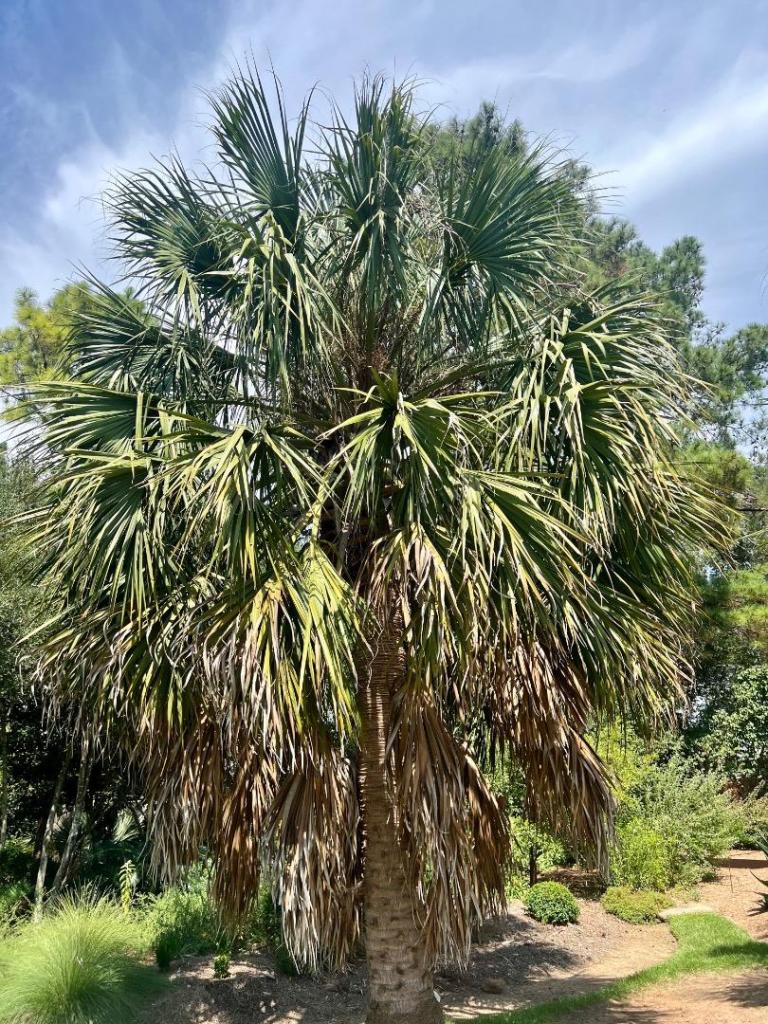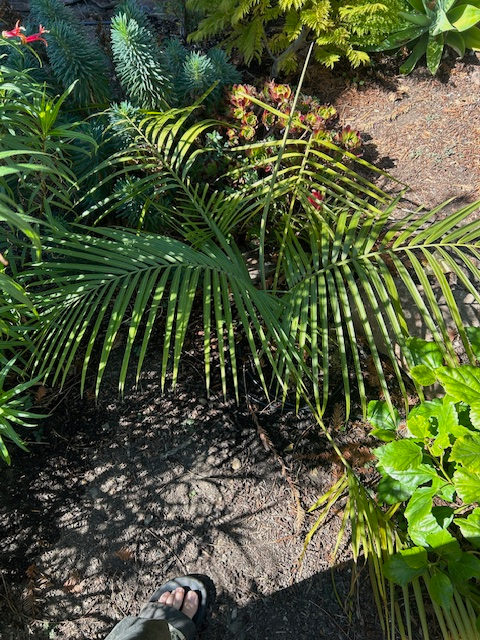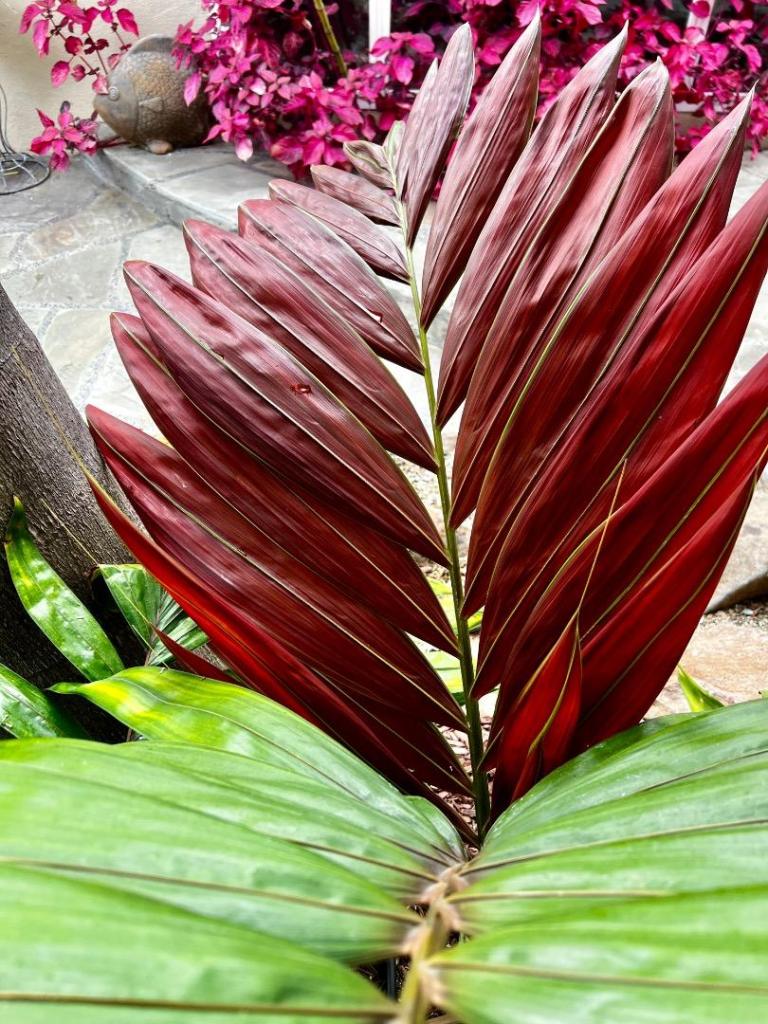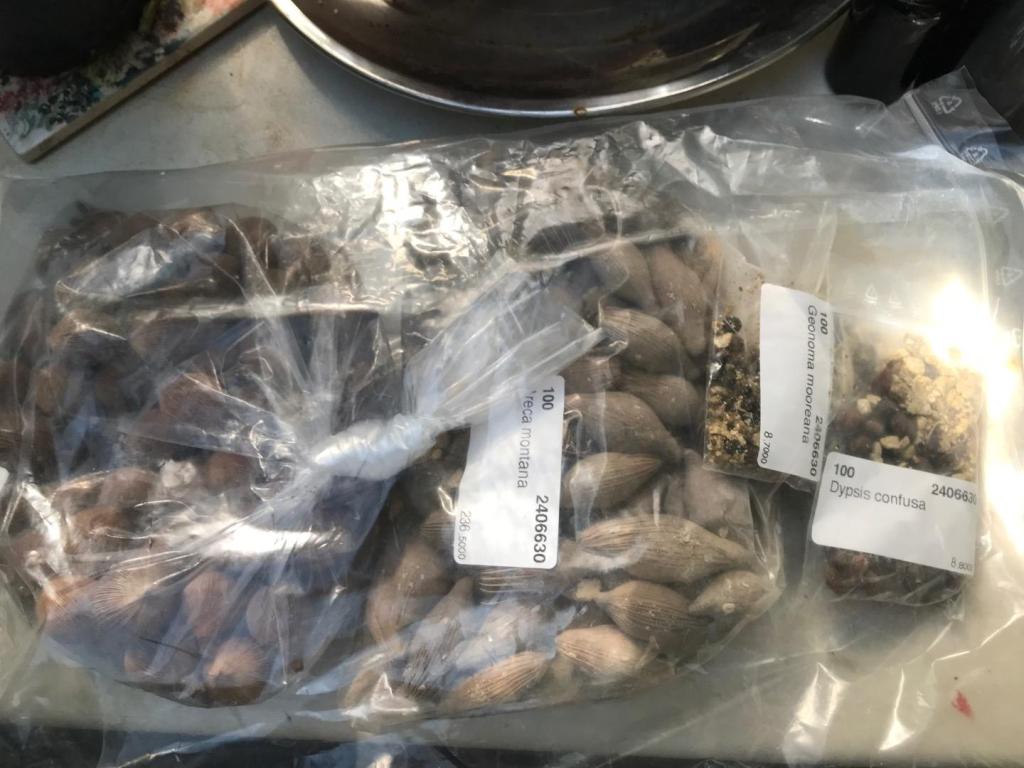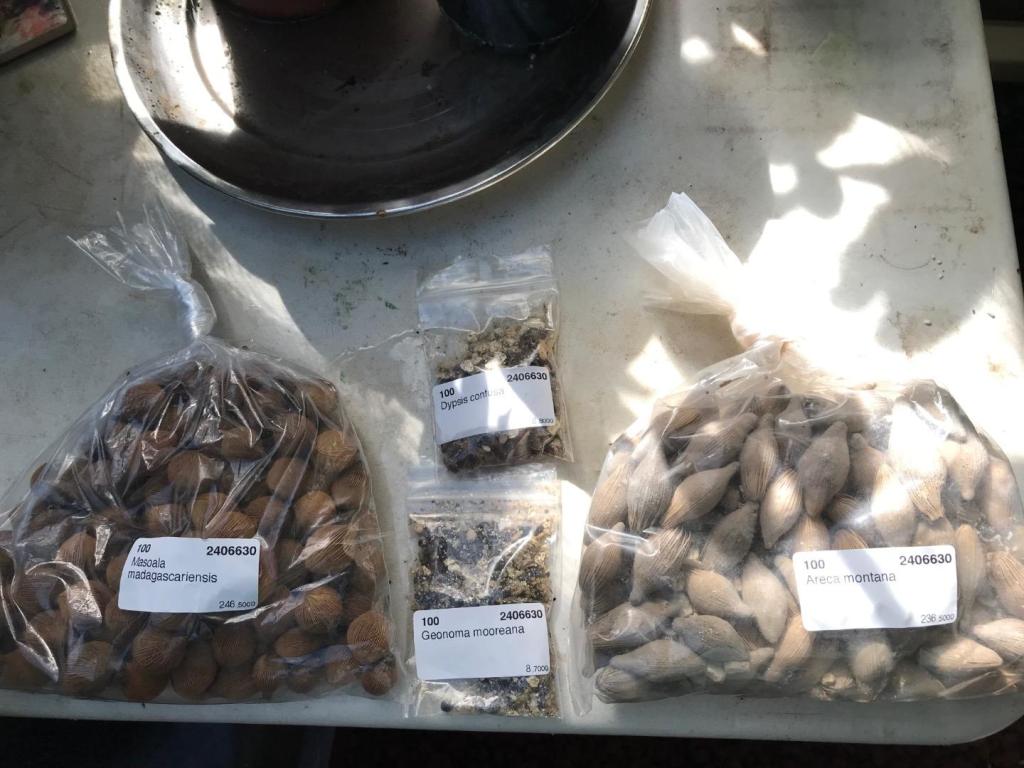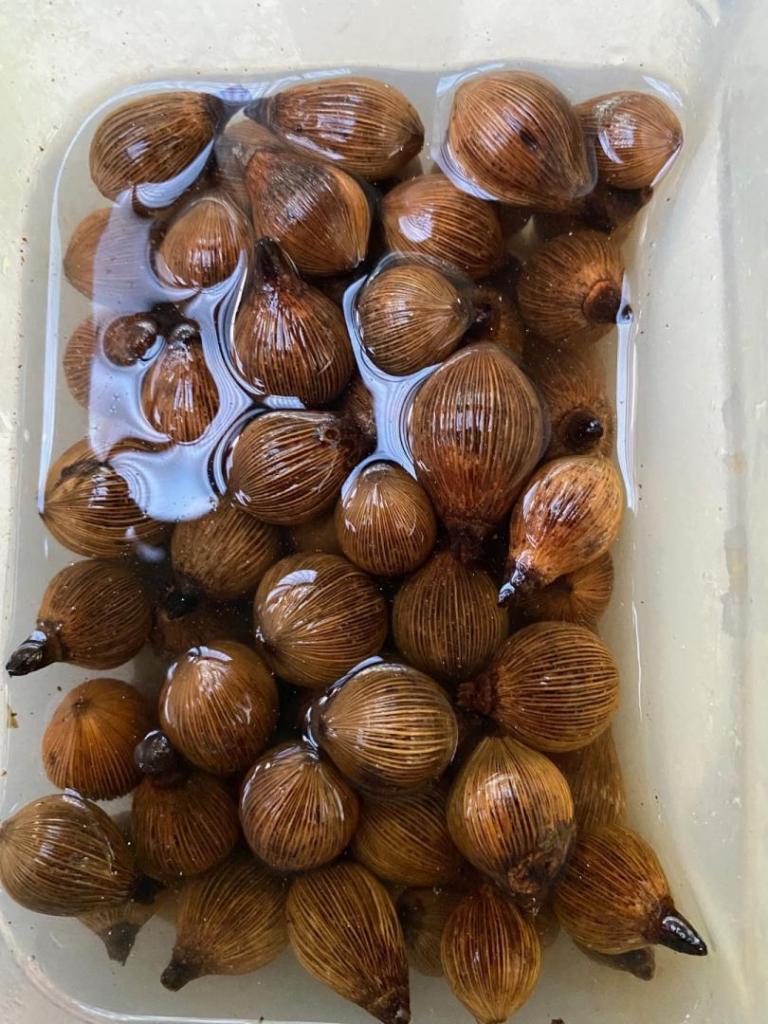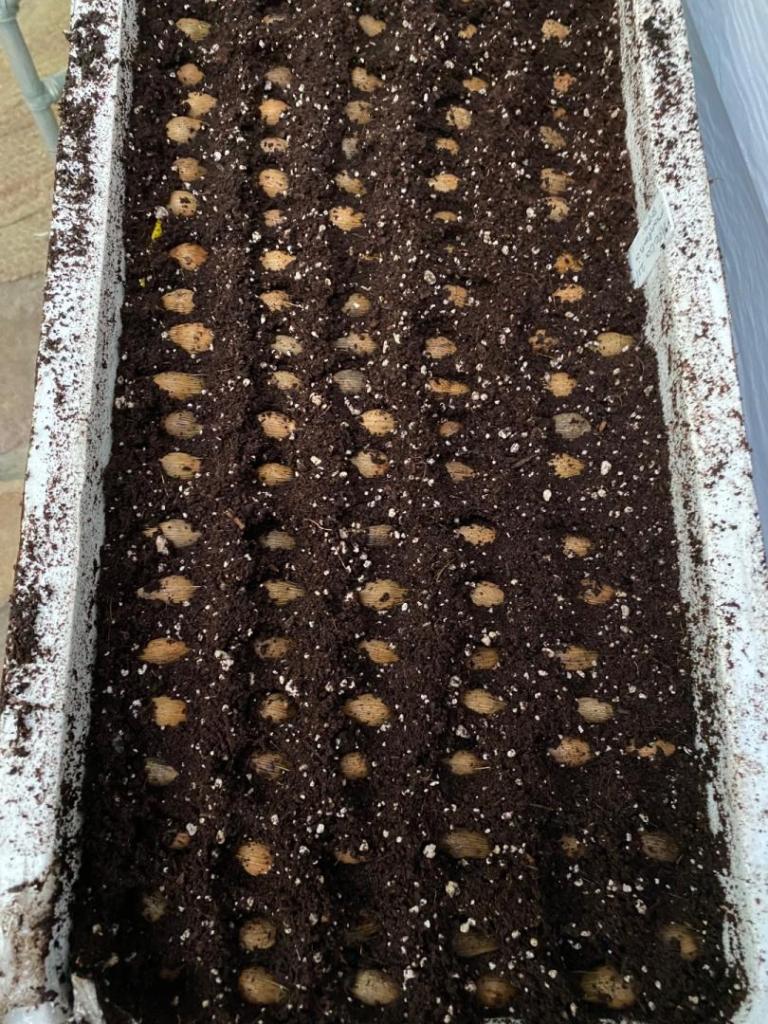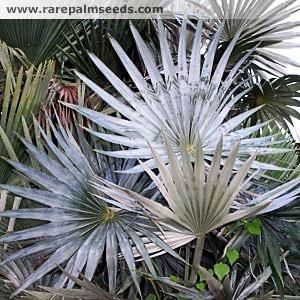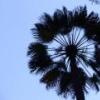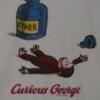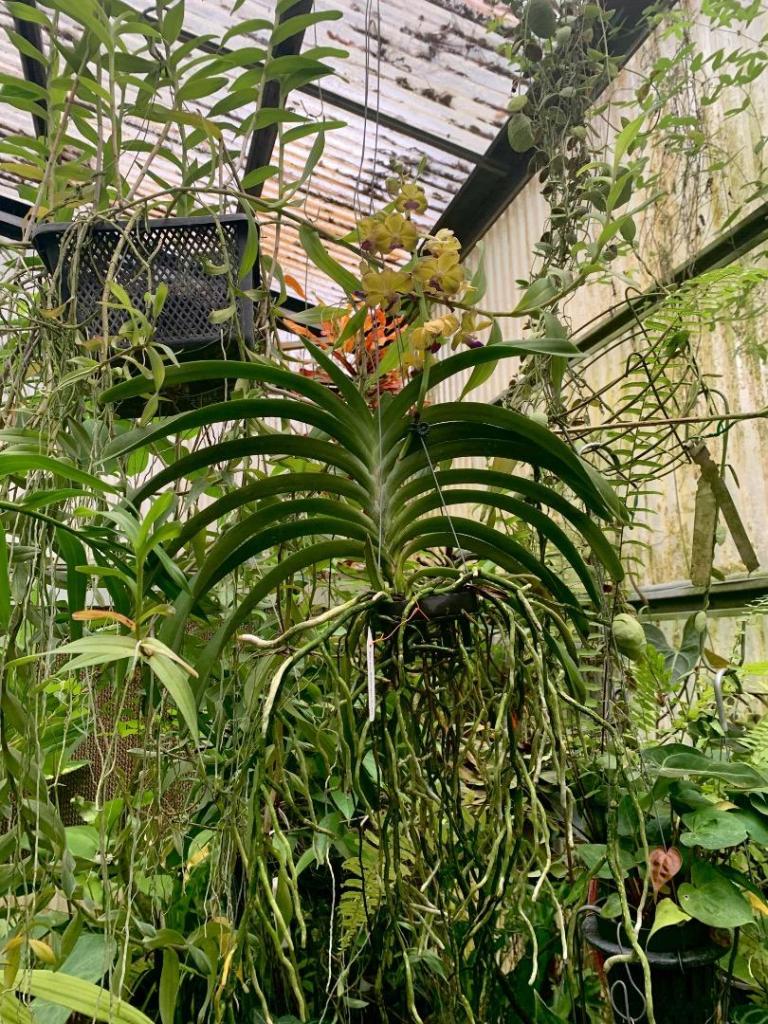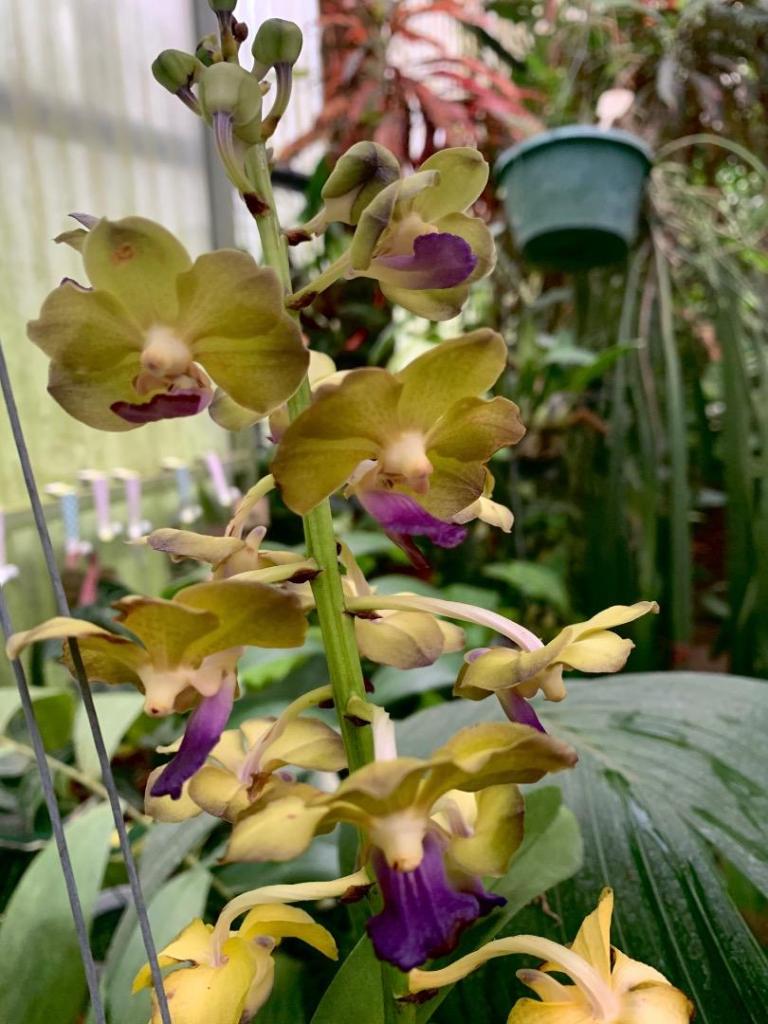Leaderboard
Popular Content
Showing content with the highest reputation on 10/22/2024 in all areas
-
An interesting conversation this afternoon from knocking on a door asking about some bellmoreana seeds in garden I spotted quite some time ago. It turns out the palms are originally from lord Howe being brought back in the early 80s from a very knowledgeable person in the seed industry knowing what he was bringing back. Further into the conversation the gentleman knew a few blokes in the local area whom I knew both of us talking about Howea plants in the early days when they hit the market in a big way back then. I just grabbed a few spikes about 100 bell seeds I was offered the rest of the seeds later on when ready. The palm in question was one prime specimen of a bell kentia solid looking with a great curve in the leaf and so it should being originally from lord Howe. I might have to make an enquiry next time I visit about some Hedyscepe seeds seeing as the contacts are still fresh with lord Howe you just never know. In return I offered a couple of Joey palms along with an anthurium veitchi in appreciation of the seeds.9 points
-
7 points
-
I know Joe at NTCHP was testing various Sabals and realized some of what he was selling as causiarum was domingensis, based on varying leaf hardiness. There is a lot of misidentification. Here is another post where Jlevert mentions the causiarum in Augusta, Georgia as surviving 11° and 14°F and possibly colder since then. There are also causiarum at the “Bamboo farm” in Savannah, as well as specimen in Atlanta that have survived single digits.6 points
-
4 points
-
I remember reading that the SABG Sabal may have been dominguensis. I took photos from before and after the freeze. It’s a shame they took it out rather than giving it a chance., but perhaps it really succumbed afterwards and became too much of a risk. Here is the Botanical Garden specimen. First photo from Jan 2021 the Sabal causiarum is the the palm just left of center. The second photo is from March 2021. The two sabal palms behind were also eventually removed due to constant freeze damage. Were they Mexicana!? The third photo is from May 2022.4 points
-
Wasn't there some discussion a while back about the SABG specimen being S. domingensis and not S. causiarum? Here's an unknown robust Caribbean (?) type Sabal in Brownsville, TX with cold burn after 23-24F to make it even more confusing. This is next to green/partially green queens and alive royals....so quite tender for a thick trunk Sabal. Sabal domingensis??4 points
-
2024 Growing Season Update Just thought I'd post an update at the end of the 2024 growing season here in Accomack, VA on DelMarVa. It looks like the Jubaea chilensis has grown a couple feet since last summer and is now about 6 feet tall. I got tired of bringing 4 large Cycas pectinata in for the winter, so planted them out in the garden the other year. One sprang back at the end of last summer but it was tiny. This year I just discovered another one that has come back -- but just 2 leaves. C. pectinata's natural range is E. Asia - China, northeast India, Nepal, Bangladesh, Myanmar, Thailand, Cambodia, Laos, Vietnam. Here in Accomack it would survive outside in a pot until December (so down to 30's°F) when it's leaves would get browned, then I'd bring it in until spring when I'd set back outside. To survive temps in the 20's°F, I think the caudex must be well buried. The ones I had were grapefruit to cantaloupe size and the small caudexes were the ones which got buried deeper and sprang back to life. The Sabal minor var. Louisiana is still growing fine as are the needle palm (Rhapidophyllum hystrix) and Sabal minor 'McCurtain Co.' ecotype. I decided to try some Tillandsia usneoides which I hung out this spring on a saucer magnolia, some crepe myrtles and bald cypressees. It bloomed and now has lots of seed pods. It's been a very dry summer and fall. We are still in a drought with a deficit of several inches of rainfall. The spanish moss looks like it's doing just fine. Will see how it survives the winter. Another plant that likes more water than we get here in Accomack is the Coastal Redwood. In the picture, you can see a large bald cypress in the background with a coastal redwood (Sequoia sempervirens) in the foreground. Both trees are the same age. The average annual rainfall in Accomack Co. VA is 44 inches, but in the native range, the redwood receive 100 inches of rainfall annually. I have two planted, and the one in the photo planted in line with the bald cypresses is near a seasonally flooded low area. It's grown larger than the other planted out in the open in a drier, sunny location. Still both grow just fine, water seeming to be the limited factor in their growth rate here. They are less stressed by drought than either Leyland Cypress or Arborvitaea (Thuja).4 points
-
3 points
-
3 points
-
Thank you very much for the reply. I have got to go to Southern South America and see the flora, mountains, plains and of course the people. So many plants from South America do so well in North America especially along the west Coast, that I am certain others would do well also. Fourty years ago I planted two Jubaea in the ground on my property. I watched these Jubaea grow year by year through all their different stages, from baby, child, teenager and now finally adults. It took about 30 years for a trunk to begin and about 10 years of flowering before the first fruit began to set. This year for the first time fruit showed up, I don't know why it took so long but my neighbor's Butia started flowering first time this year. So I wonder if the Jubaea got pollinated by the Butia.3 points
-
3 points
-
My wife has an ability to grow flowers she just simply adores them. So much so she has taken over the vegetable garden (who needs to eat when you have such great flowers) in a big way. So the palm landscaping is slowly becoming flower territory which I don’t mind. The wife is in love with soil and bio fertiliser juicing everything as she calls it.it’s wonderful to have someone who shares the love of gardening as much I do. It brings me great joy seeing the flowers and the garden created by someone special in my life.3 points
-
A favourite little palm of many the scottiana. I purchased this one last summer winter was not a problem so iam confident it do well in the ground. Apparently it’s similar to dypsis confusa which I just put a hundred seeds in a few more years time I might be able to compare the two noting the difference between the two. Being a dypsis they grow well in my climate with many varieties from Madagascar in the garden.3 points
-
3 points
-
3 points
-
I believe it seeded last year if I'm not mistaken. I remember when I went to check it out in March of 2022 and it was burnt to a crisp. I was kind of devastated to see it. But then it came back like a champ! It goes to show that they really are fire retardant as the tribe used to burn them in their native habitat. I truly believe it promoted it to put out seed. Would I suggest it? No Way, but this palm is a living example of what it is capable of and how intelligent the people were to figure out ways to survive!3 points
-
3 points
-
3 points
-
3 points
-
I think there's some reports out of Florida of S. domingensis being more tender as well. IIRC, S. causiarum is actually the anomaly out of all of the Caribbean Sabal spp., being significantly more cold hardy.3 points
-
I think you're right, there was some discussion about that. I don't know how to distinguish the two except by the seeds. The one at the SABG had small seeds like palmetto and seeds I obtained as domingensis were large like mexicana so based on that I would say causiarum. If this one you posted took that much damage from 24°F and the one Daniel posted from John Fairey is labeled correctly I'd think it's domingensis. I didn't think there was that much difference in cold hardiness between causiarum and domingensis but perhaps there is. @MarcusH, I don't know of any others in SA. It's possible that @iamjv has one (I know he's got a gorgeous silver uresana)3 points
-
From what I heard, the Sabal causiarum at the botanical garden was removed because it wasn't recovering fast enough from the February freeze. It was still alive a year after but didn't look good in a public garden so they cut it down. If it had been watered more I think it would have fully recovered.3 points
-
3 points
-
3 points
-
I wouldn't really call it a garden, but I'm semi-experimenting with palm trees in El Centro, CA, in the Sonoran desert. I don't have any land, so am planting them at one of my works and unfortunately it is under construction and irrigation is frequently cut off when I'm out of town and I return to many dead palms. It's very frustrating. Anyways, I've had fun experimenting with palms, and have unfortunately had many untimely deaths due to irrigation being cut off or getting run over by construction machinery. I'd like to highlight the African oil palm, however, and ask if anyone else has tried them in California or Arizona. This palm is 2 years old from seed. It has spent one summer and one winter in a pot and one summer and one winter in the ground and has been tolerating FULL SUN from noon to sunset on a west facing wall without any issue! I am so shocked. It is frequently 120 F here.2 points
-
2 points
-
I don’t think the buried pool will be an issue. The palm roots will grow all around and through the buried debris. Another thing to consider is you may be able to burn a fire in this pit during the coldest of nights, creating warm area to possibly deflect some frost. You might want to try zone pushing around this fire pit area, the surrounding palms may have the best chance of cold survival there. I have a similar fire pit in my yard and have some cold sensitive specimens placed about 10’ - 15’ from the pit. I always to try burn some large logs in the pit throughout the night on the coldest spells. Not close enough to burn the palms, but close enough to have a radiational heating effect. Worth a shot if done safely.2 points
-
So from my understanding it is safe to say S. Causiarum is cold hardy at around 10 to 12f with some exceptions where some species are more cold hardier handling temperatures in the upper single digits . Am I right?2 points
-
Those below are today pictures of my two plants. Have not grown up dramatically or at all in the last 8 years! But they have started suckering. That said, I have both male and female plant, which bear distinctive different traits, not aure whether there is a matter of sexual differentiation or just natural variation Namely the male suckers profusely, the female barely, the male has inconspicuous to none stem spines, the female has this feature pronounced like Rhapidophyllum, the male has less pronounced white scales on the leaf backside, female leaves have a thick white layer, which initially is somewhat bronze in color and whitens up later, as the leaf ages. Male in foreground, female in the background Female stem fibers Male stem fibers Female suckering habit Male suckering habit And a naturally sprouted seedling, perhaps the way it pops up from below the stones is instructive about needs of the sp in cultivation!2 points
-
I wish we could grow them here. Unfortunately the winters are too wet and cold spells too prolonged. Only ones I ever saw were at a hotel down in Tifton (GA - long gone now), and at Joe LeVert's high school garden. I don't know what he has out there these days.2 points
-
Brahea decumbens is a good grower and will stay blue in wet humid conditions. It starts off green and a bit slow but in 10 years you’ll have a beautiful blue specimen in your yard. I planted mine out 5yrs ago as a 1gal. It has never given me any issues and has seen cold wet winters into the teens. I’m also trying Brahea moorei. It has taken a couple years to get established in ground but I’m hopeful next year they will push a nice set of leaves.2 points
-
2 points
-
My C. Macrocarpa , here in Southern California , is starting to open its third frond this year. Planted in full sun , it burns only a little now . It has almost 6’ of smooth trunk , over 20 years old. Jim’s garden , from the pictures I have seen here, is fabulous.Harry2 points
-
A few plants around the garden: Veitchia arecina Veitchia joannis Rhopies... in FL? Chrysalidocarpus (Dypsis) decipiens ... in FL? Pritchardia munroi A Joey in NE FL? A Yellow Latan - wow Desert Areas Sunshine Trail Trachycarpus princeps Roystonea regia Seven Meter Bridge Why Queens? You know people ask...2 points
-
2 points
-
Join the queue! Richard’s P acuminata is just about my favourite palm posted on PT. Need to find a way around the phyto requirements! Just to contribute to the thread - some good suggestions already Ceroxylon, G undata etc. There are heaps of Chamaedorea that would work if you can provide some shade. Parajubaea sp if you’ve got the space. Some of the highland Chrysalidocarpus should be ok too (baronii, onilahensis etc). Linospadix monostachyos, Laccospadix and Oraniopsis are underrated Aus natives that should love it there too.2 points
-
I think they survived at a decent rate. The two at John Fairey Garden survived two nights of 6°F and 100 hours freezing in 2021, mid teens the two following winters, and drought in the summers in between. The other Caribbean species that were part of that group planting died either from the cold or combined drought/heat the last 3 years, but the two causiarum live on. I know of several others.2 points
-
I planted a couple of 1g hookeris in full sun a couple of years ago, and they grow at a decent (for SF) pace, although they still sun burn pretty badly. The latest frond opened at the beginning of June and stayed burn free until the recent heat wave. The next spear was 1" then and almost 20" now. I do give them a lot of water. For other smaller palm ideas, Ravenea hildebrandtii has been easy in the shade for me and R. glauca similarly easy in full sun.2 points
-
Paul, First off, it was a pleasure having you two to the garden! Perhaps try a Chambeyronia in a spot that receives some sun. Maybe adjacent to a south or west facing wall. The picture below is one of my young ones this past January opening a new leaf in the winter’s cool temperatures. Most of my twelve flamethrowers produce three new fronds per year. The slower ones, 1 and half to two. It’s worth a try.2 points
-
A nice little batch of seeds. Customs is the only delay really in getting them fresh from rps 7 weeks wait for customs Australia that’s not good for a living thing losing viability from the day it’s harvested. There excuse was they had a backlog not a lot you can do except phone calls and emails. I finally got some dypsis confusa, masoala Madagascariensis, Areca Montana, and geonoma mooreana. The mooreana and the confusa had started to germinate it took that long in customs. All were sown in coco coir perlite bottom heating 30 degrees Celsius and using etoliation method. A few months time I will know what I have germinating I hope.2 points
-
Another species to consider is Coccothrinax macroglossa “Azul” planted as a group. MB Palms in Orlando actually carried these at the open house earlier this spring. The downsides are these are relatively slow growers, and are pricey and only available in small sizes. Here’s a few pics from MB palms display garden, and from Palmpedia. First two pics are from MB plams, owner Mike said these were about 8-10 years old from 7gallons. Following pics from palmpedia showing the good silver color. I purchased two 3 gallon plants from the spring sale.2 points
-
1 point
-
I saw a few big Everglades palms in Corpus Christi when I was there as well planted in commercial settings. One question I have is does anyone know what the trees with the red flowers are? I saw them all along the main highway in the older areas, but did not see any close up. They looked like they might've had legume type foliage, but didn't look like Royal poinciana to me.1 point
-
Wow, that’s a GREAT find. Good luck with those seeds! In normal winters I think those would do great for you.1 point
-
I picked up a 5gallon rostrata today. It was marked for clearance,50%off,so I bought it. Nice plant healthy and chunky. I plan to plant it come spring as the bed I want to plant it in isn't built yet. Anyways how cold can they take in a pot. I know you hear -20f in ground for an established plant. I can easily bring it inside over winter, but if it's good to 10?it will spend the lion's share of the winter outside ( kept dry) Any insight is appreciated N81 point
-
Yep sure is I only went to hospital for the tetnas shot. Funny thing is when snake bit me I didn’t go to hospital they make em tough in Australia. Richard1 point
-
Send seed immediately please...I'll send you a courier pigeon!1 point
-
1 point
-
1 point
-
Fun to see what mine might look like at some point! For comparison, here's my Ramsayi when I bought it in 2021... And here it is three years later (on left... with my largest Distans on right for comparison)... Fronds on the Ramsayi are longer now, but I mostly notice how much "fuller" it is. Sadly the Sumawongii in the 2021 photo died, but my husband bought me a BIGGER one for my birthday in 2022 (I always ask for an expensive plant for my birthday). This one seems to be thriving in its temporary location, and recently pushed out a HUGE leaf. Photo taken just now... My long-term goal is to display the Ramsayi and Sumawongii as a "pair" (like Len did in his yard). The Distans will be featured elsewhere.1 point


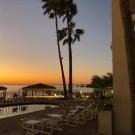








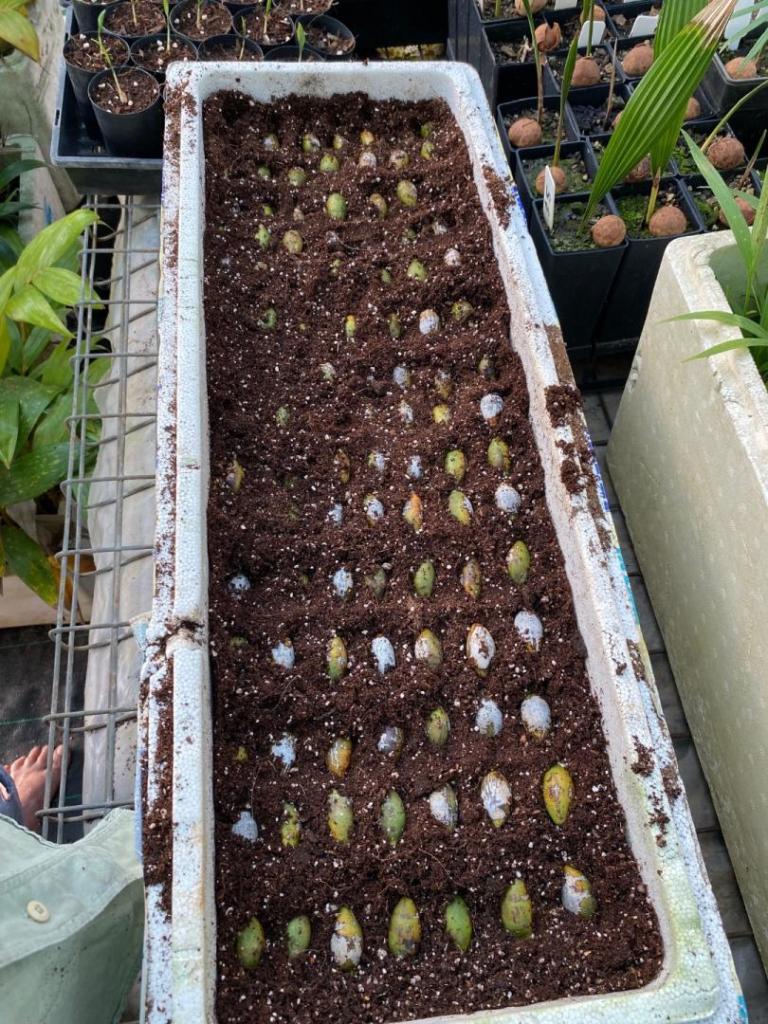





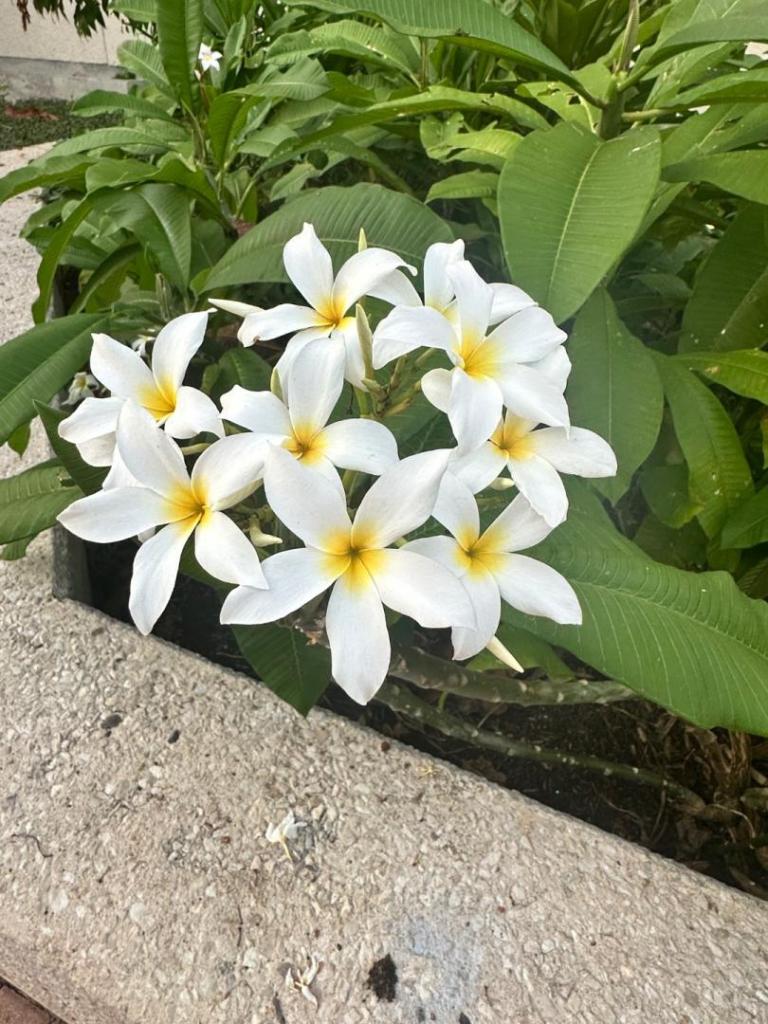



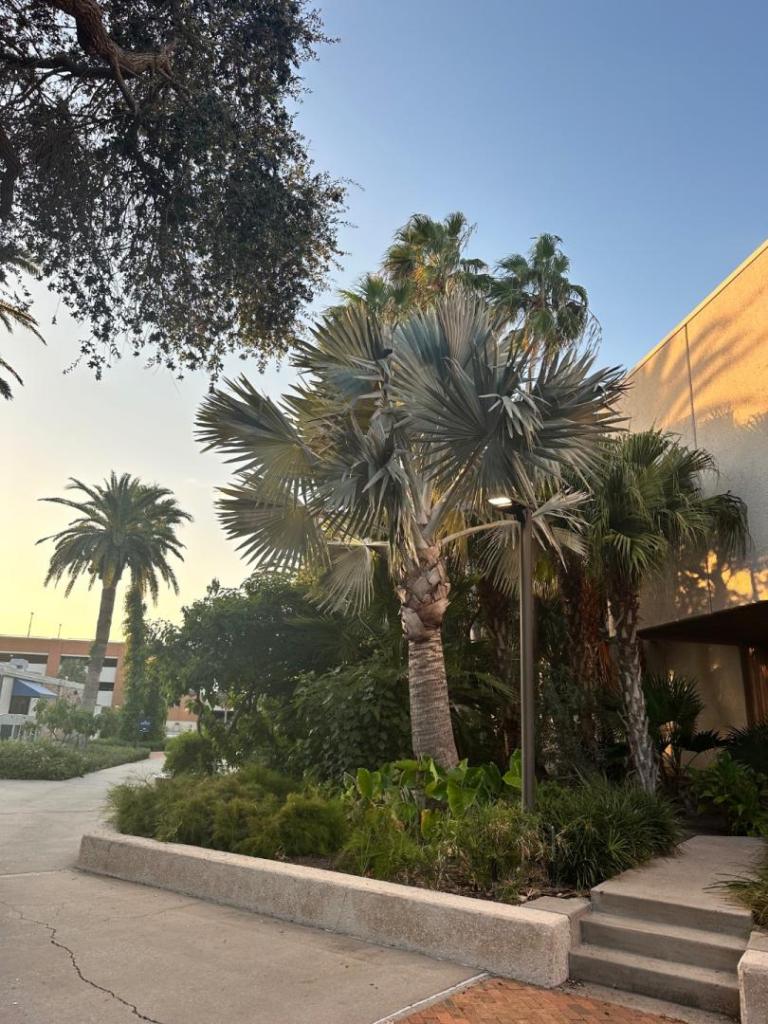










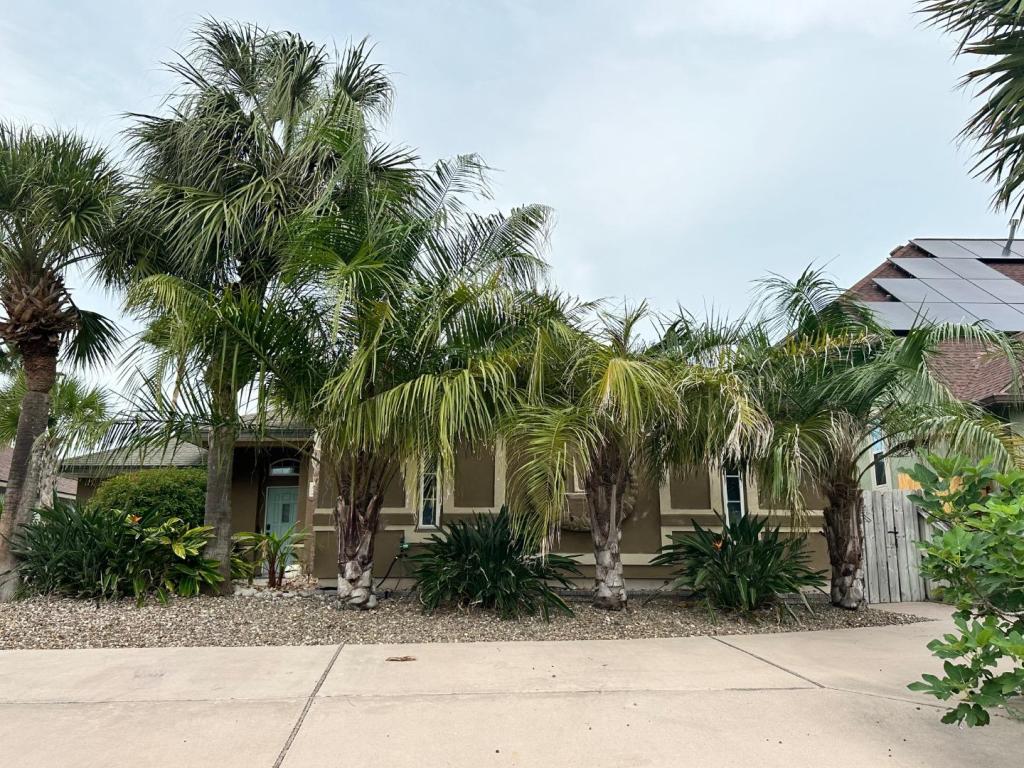

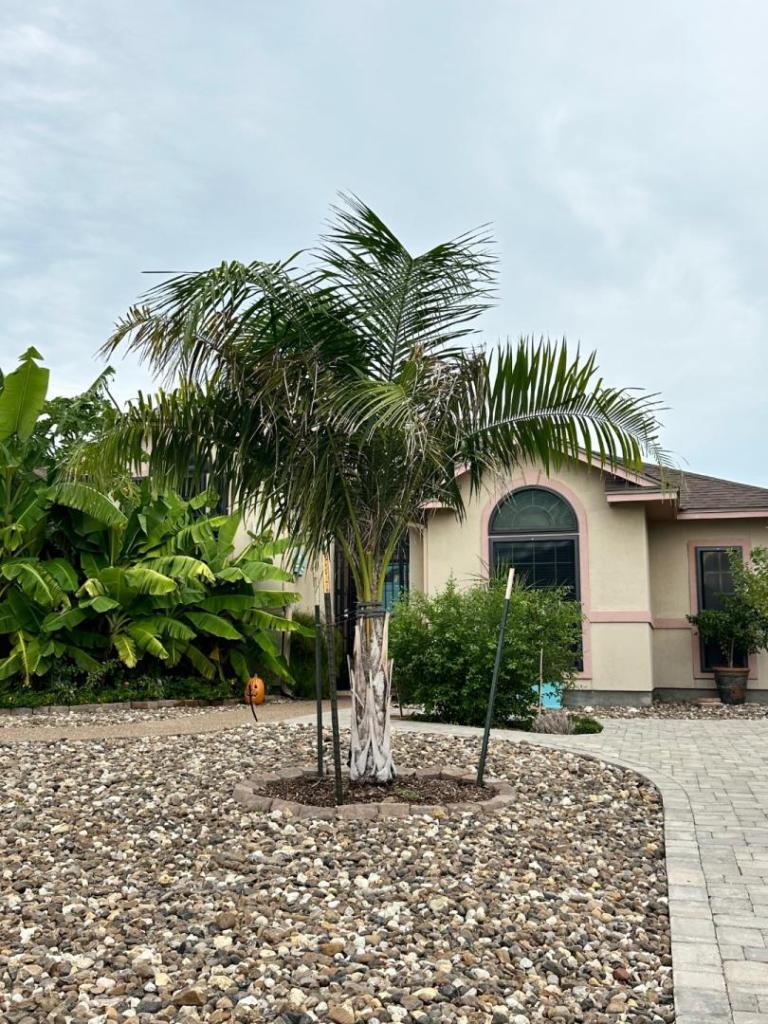
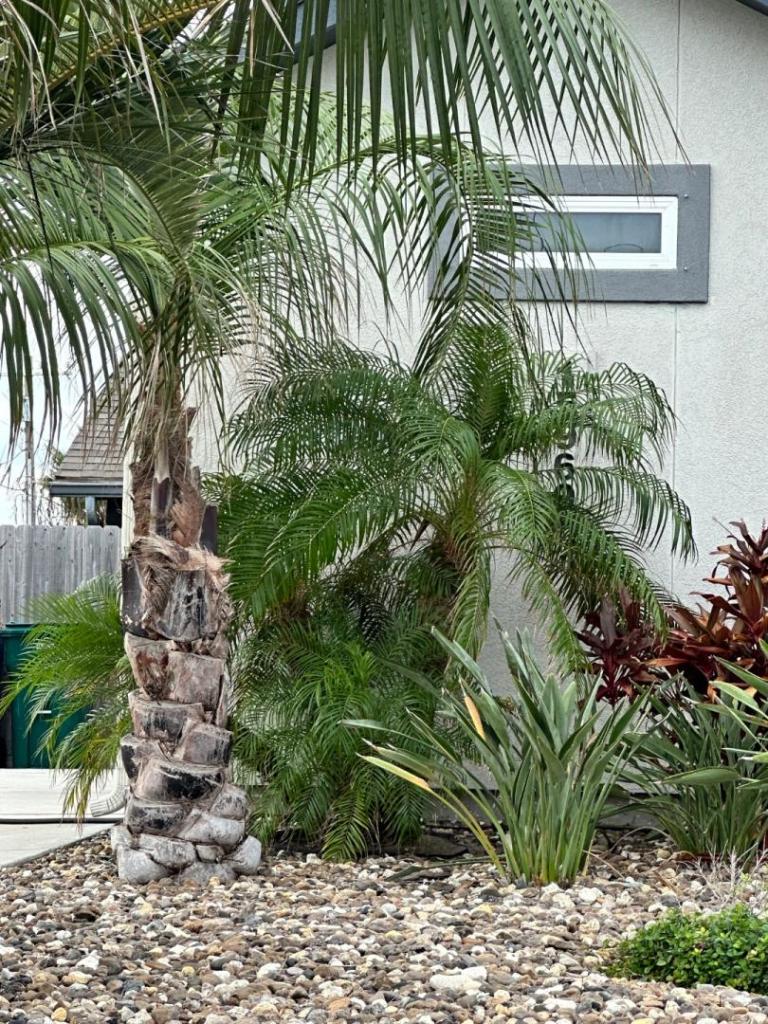



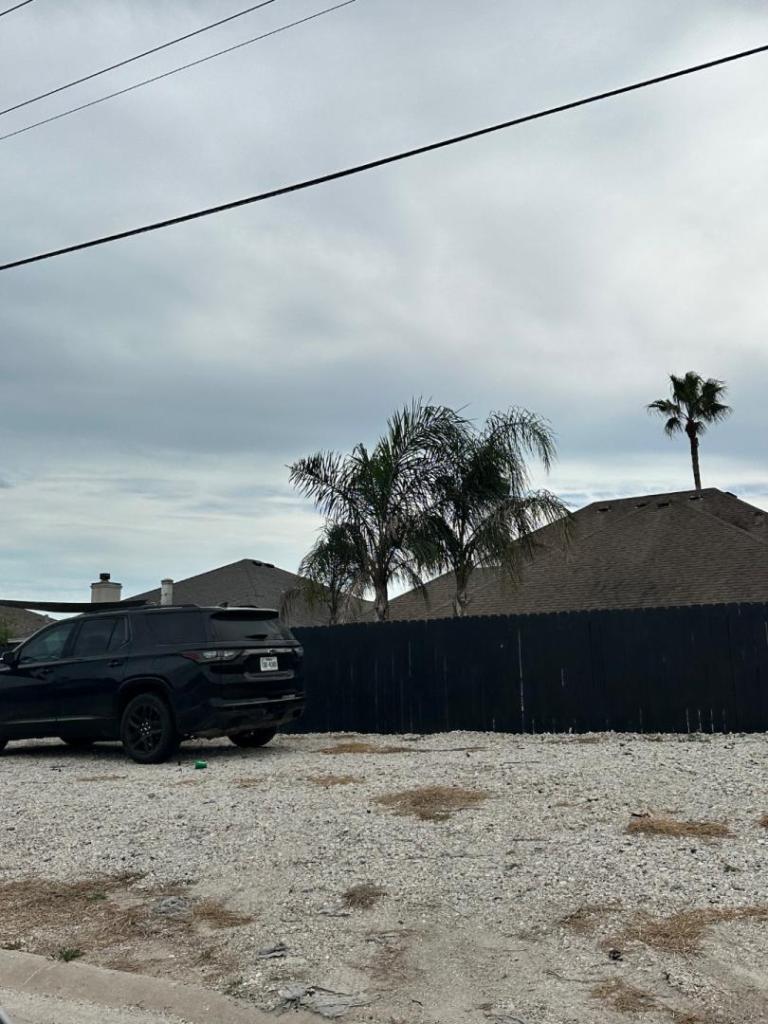

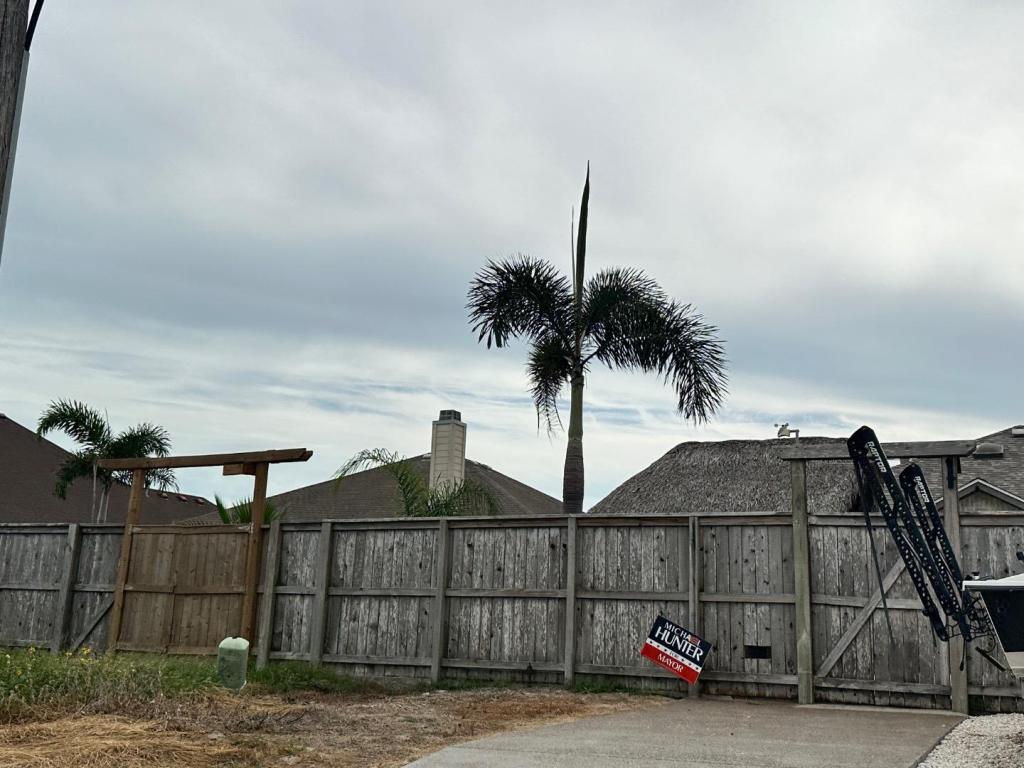


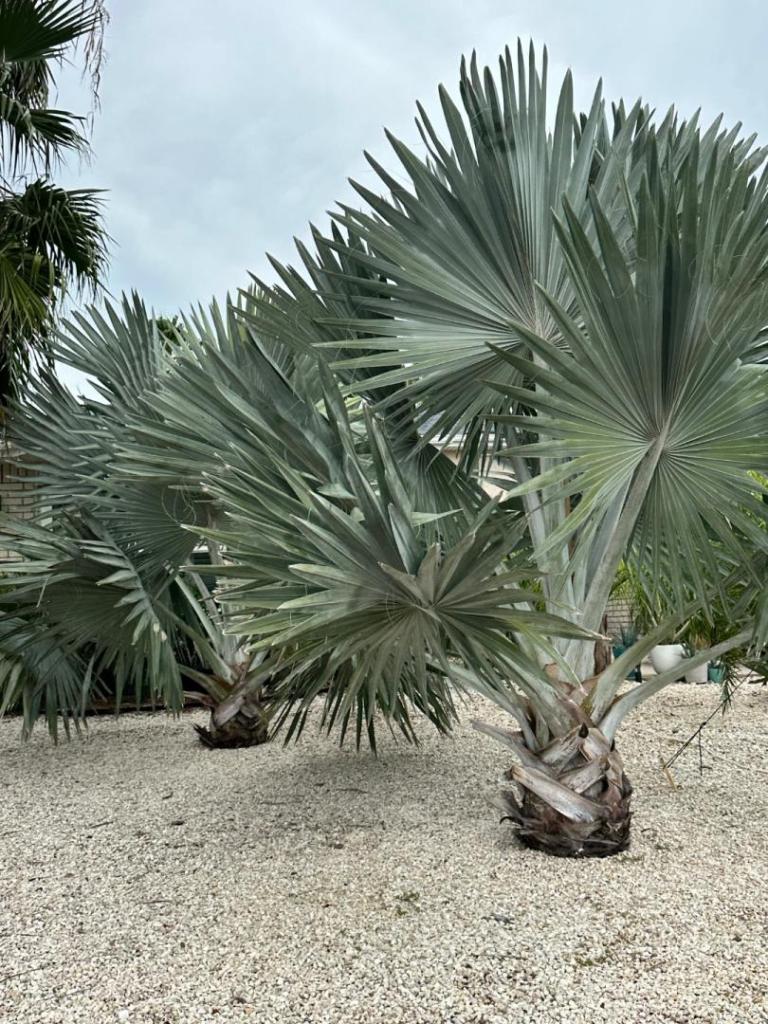
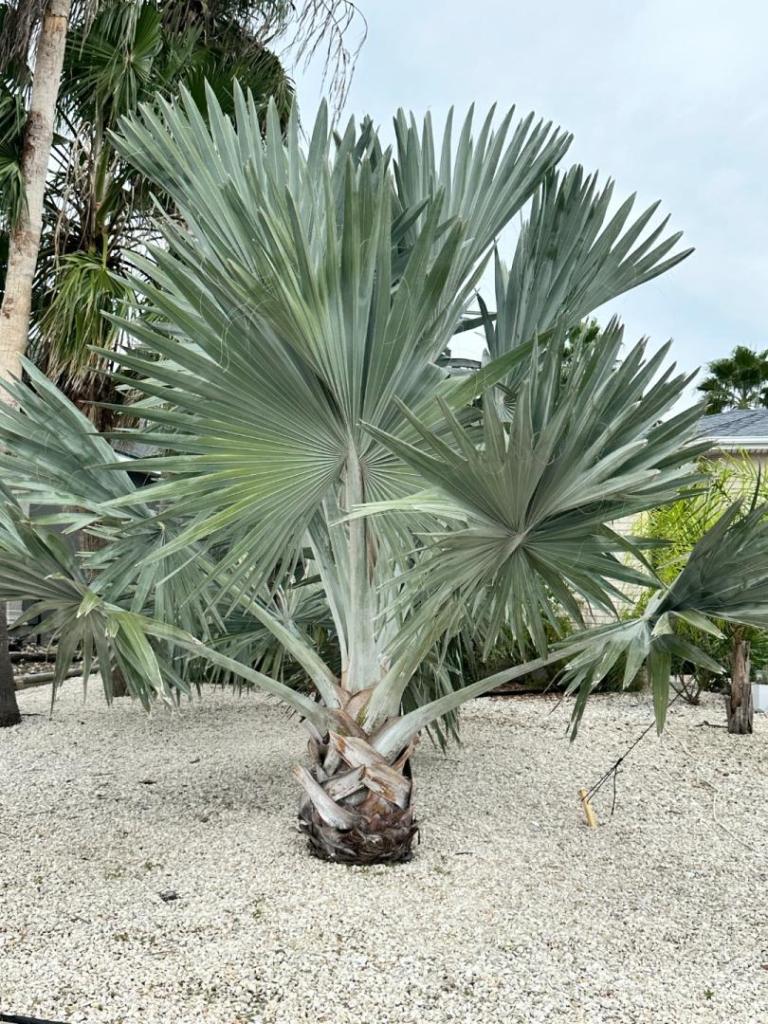



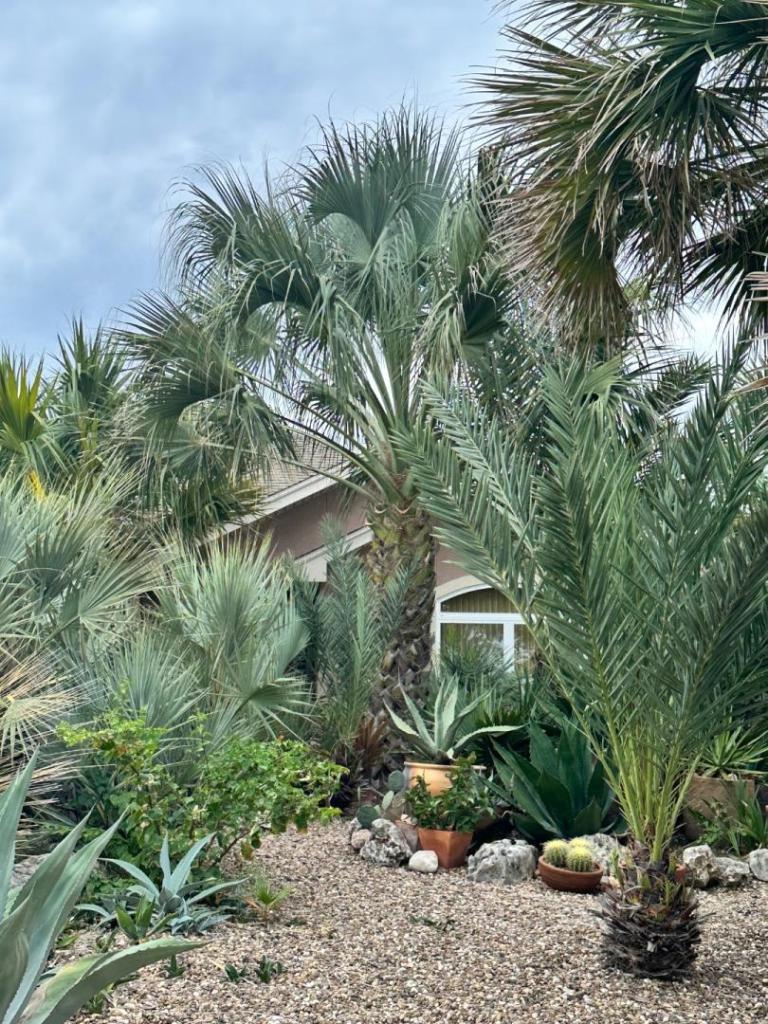

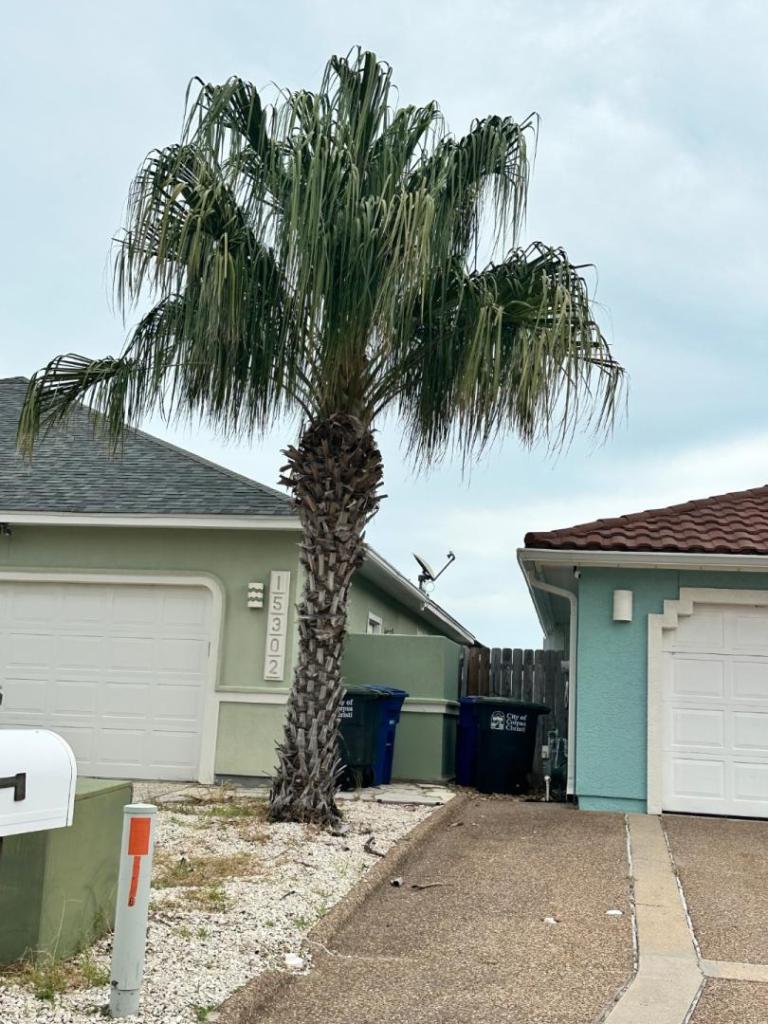

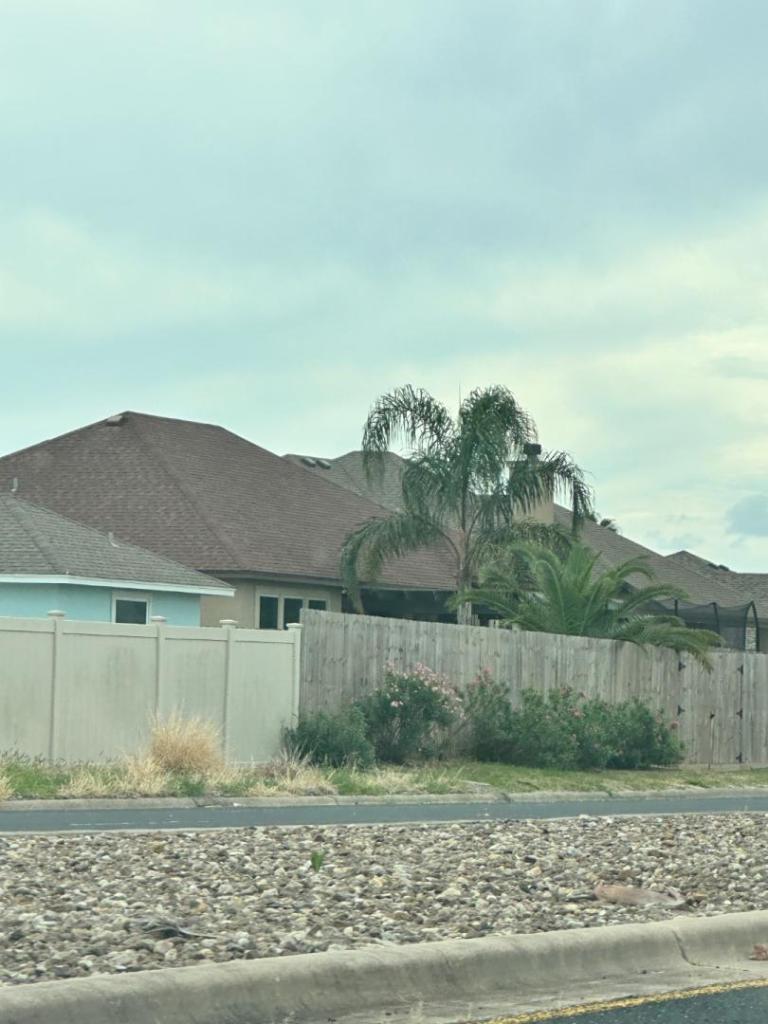







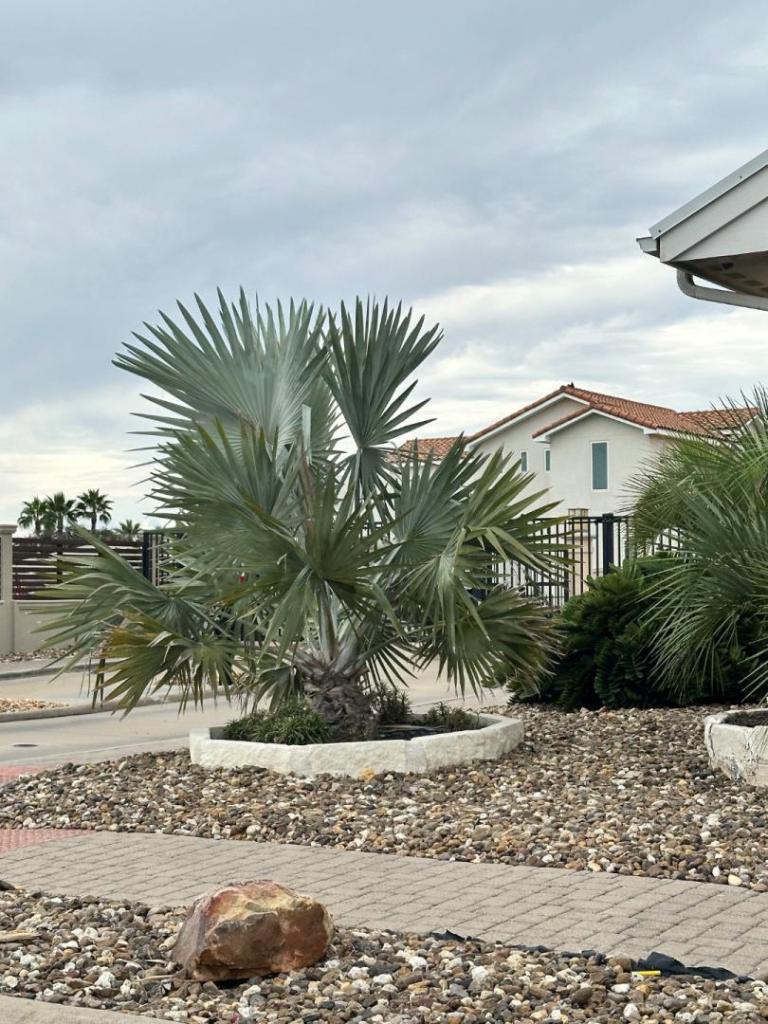

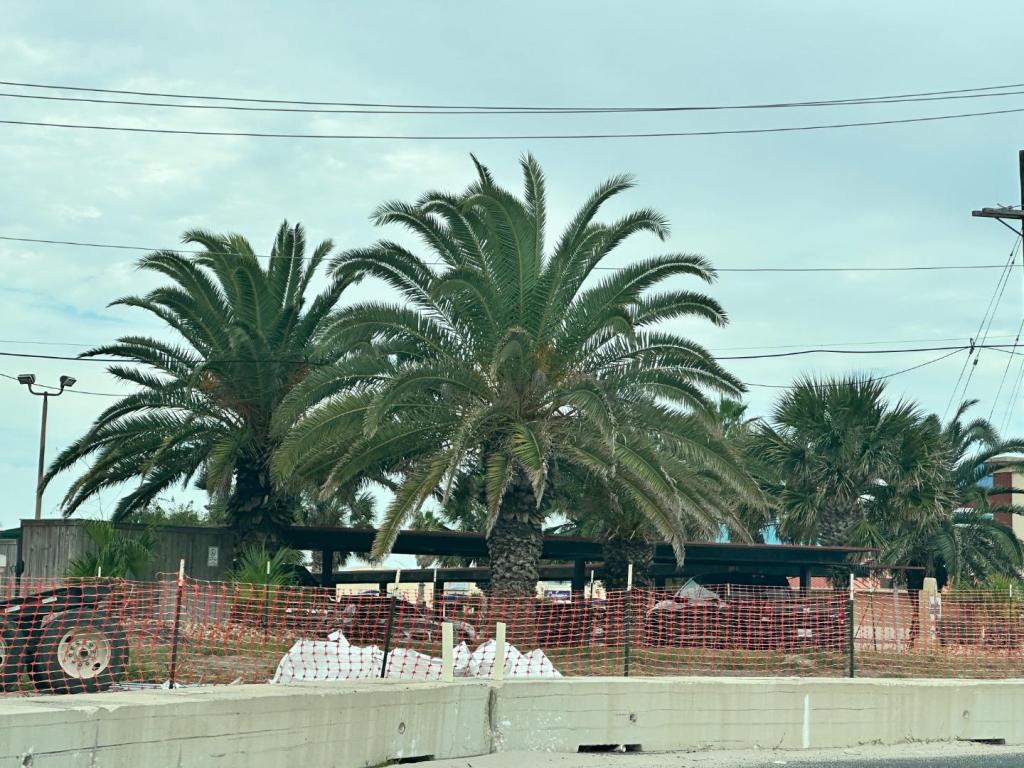
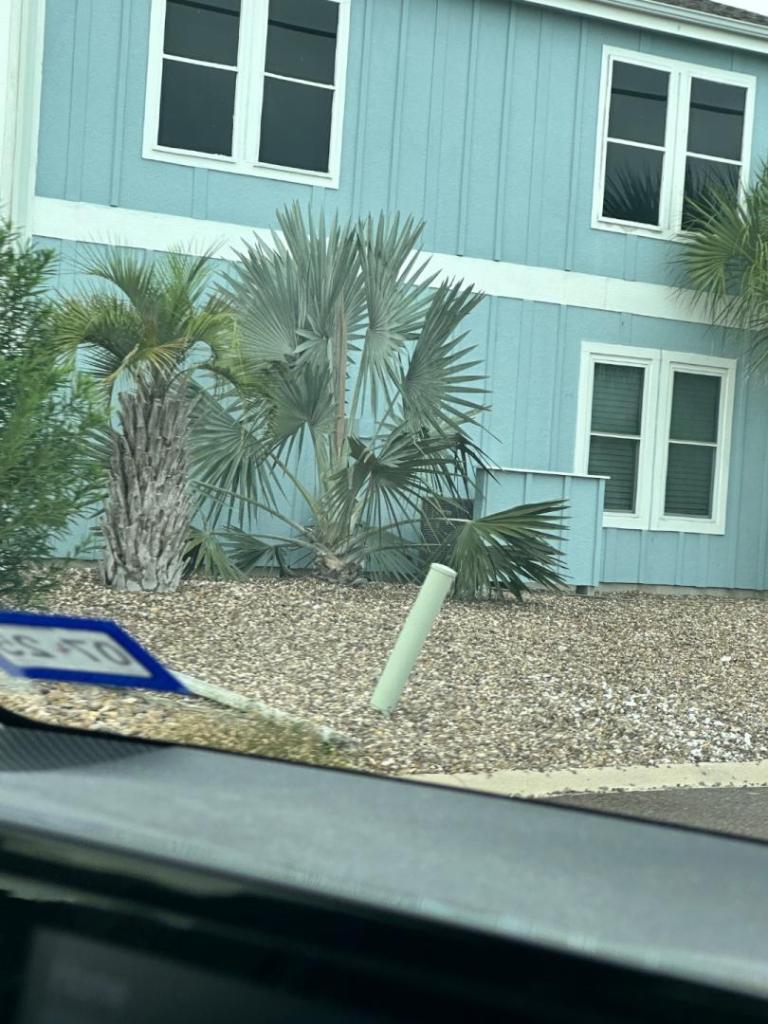
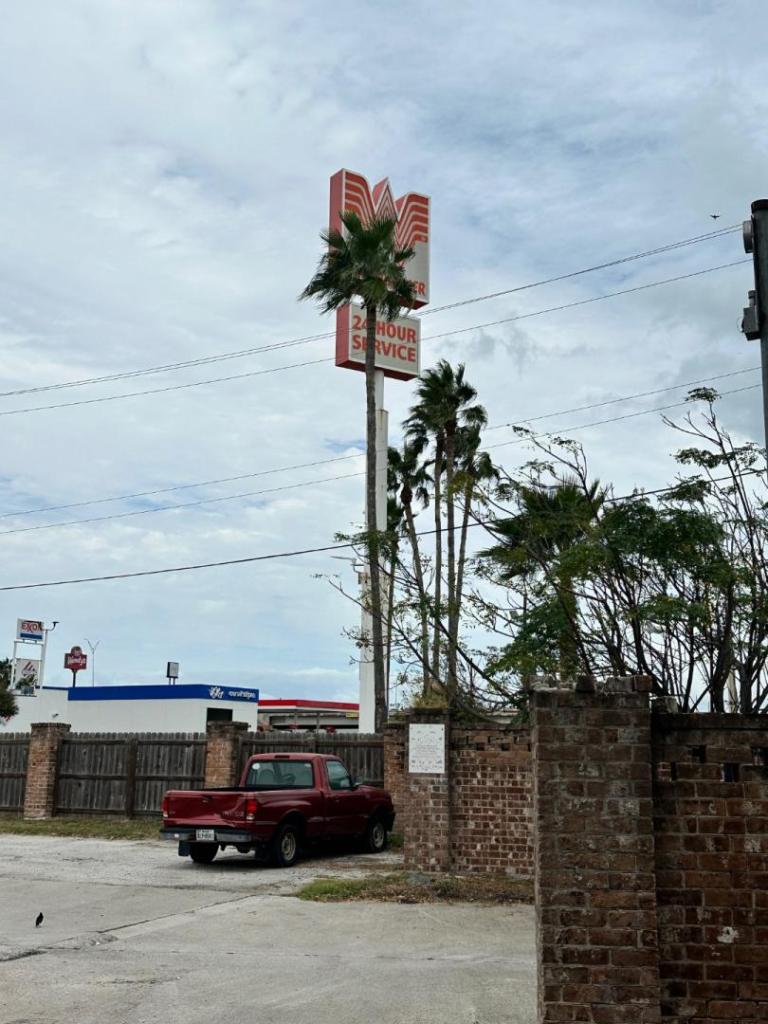
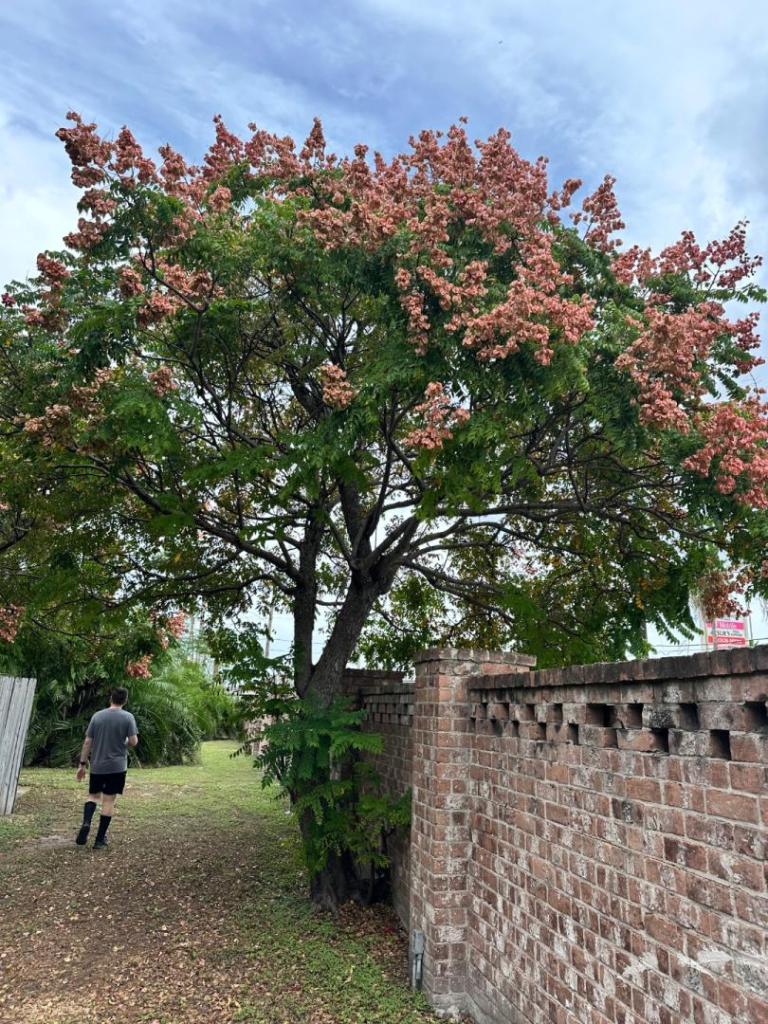
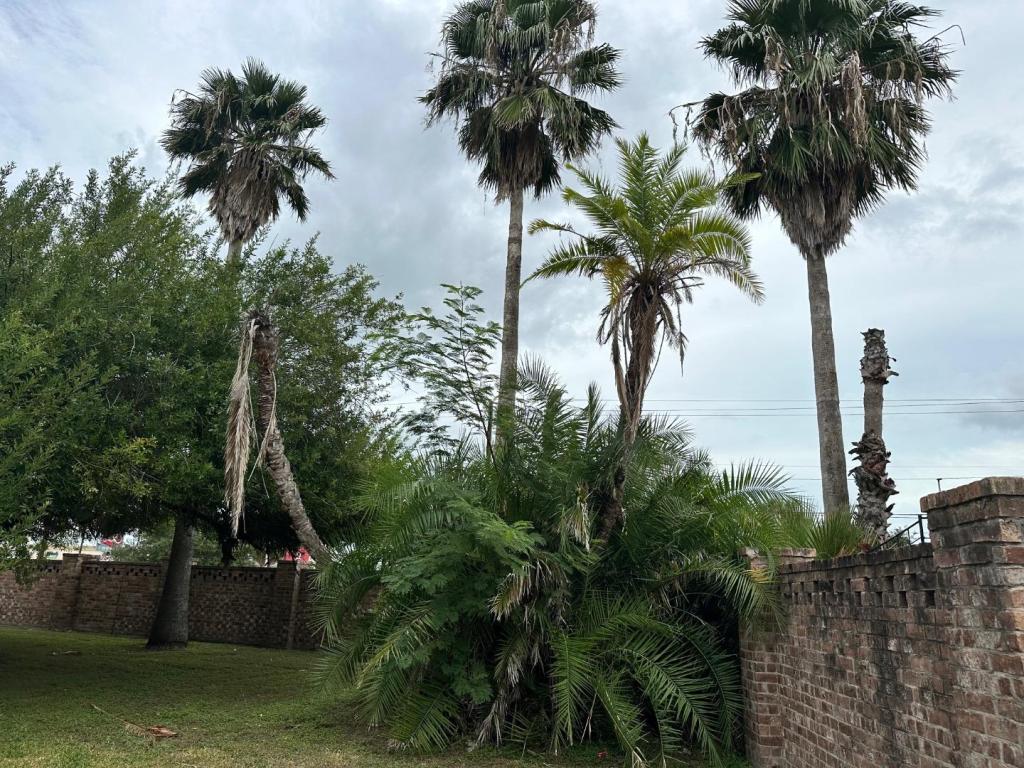
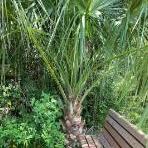
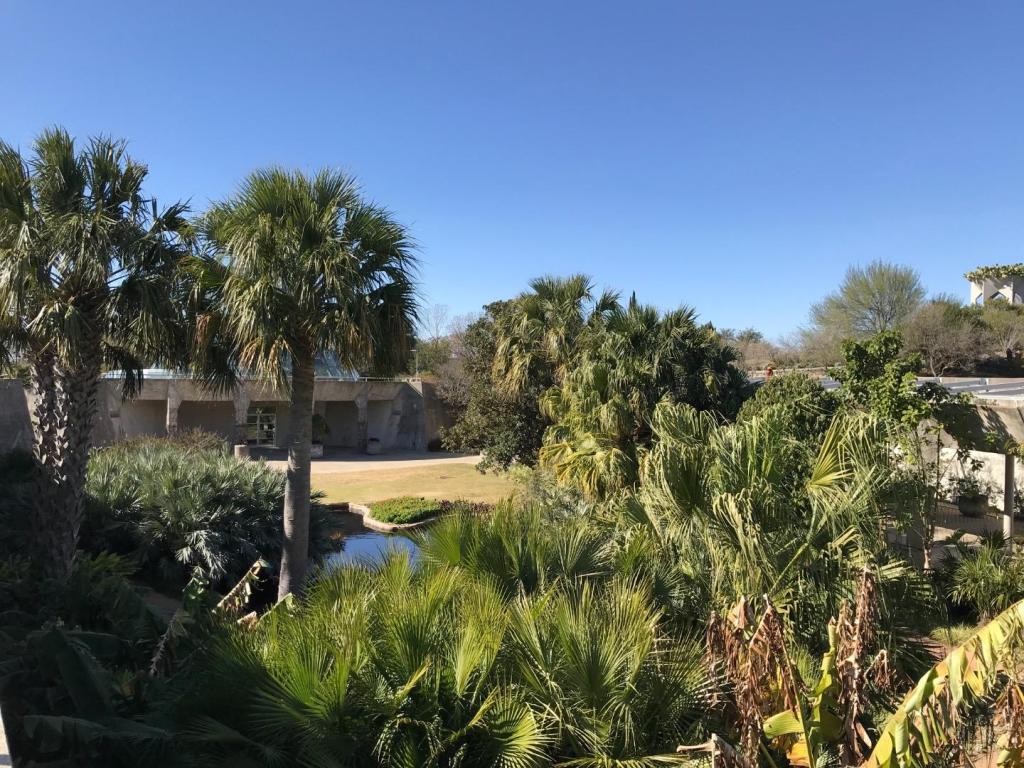



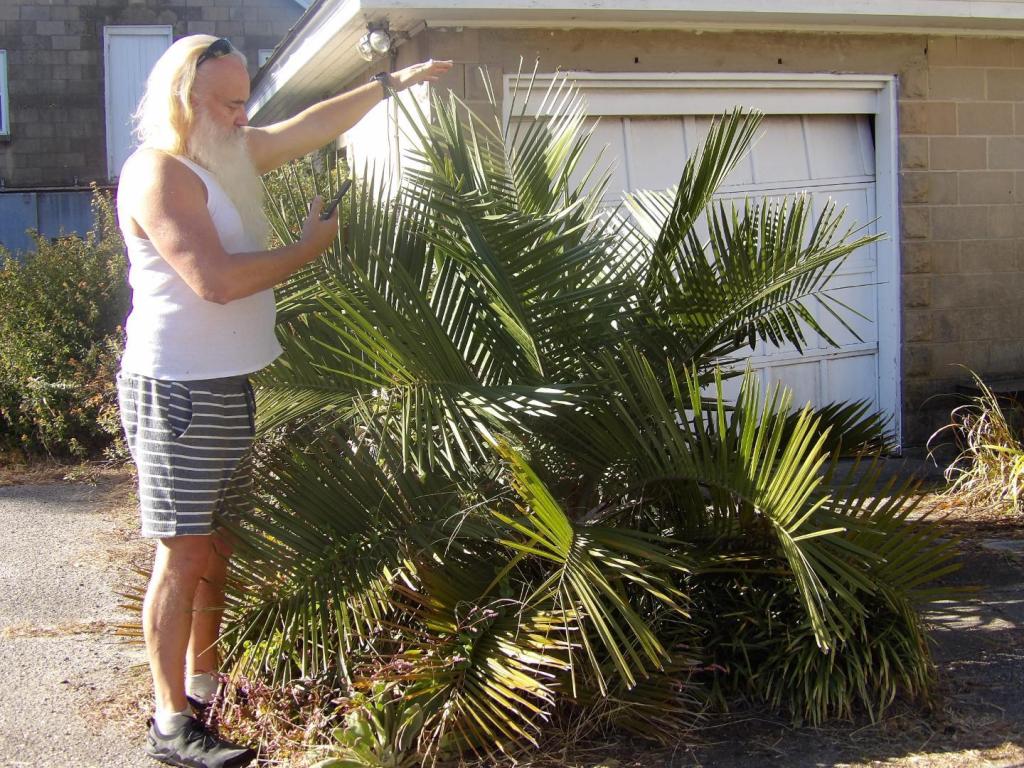


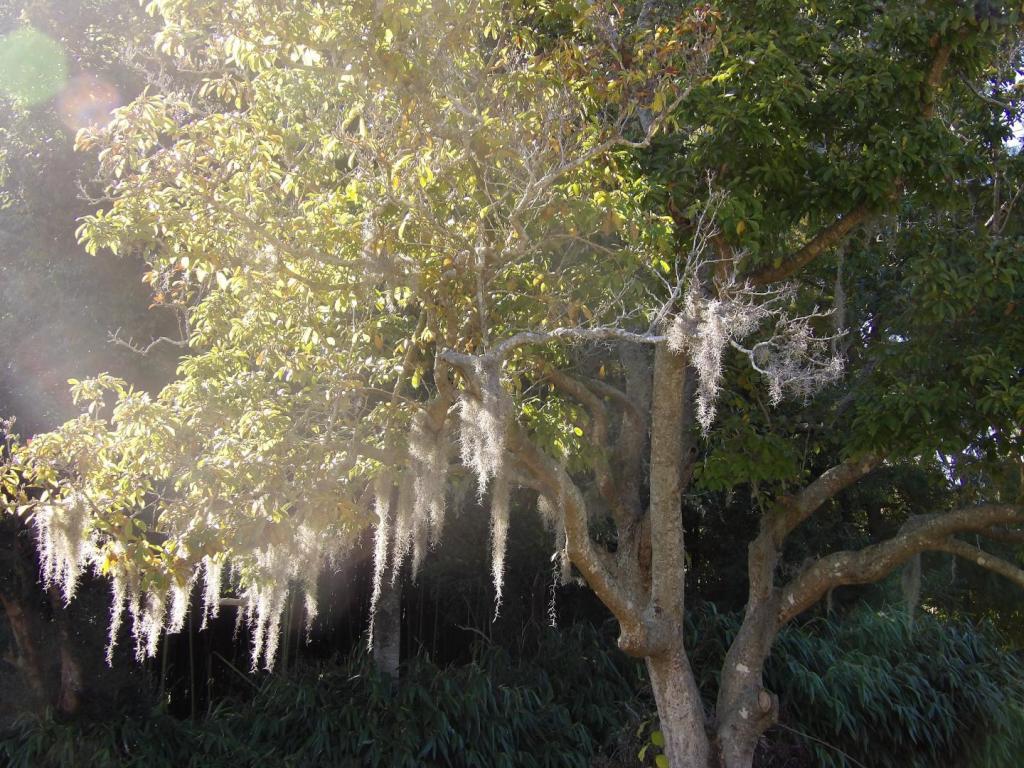
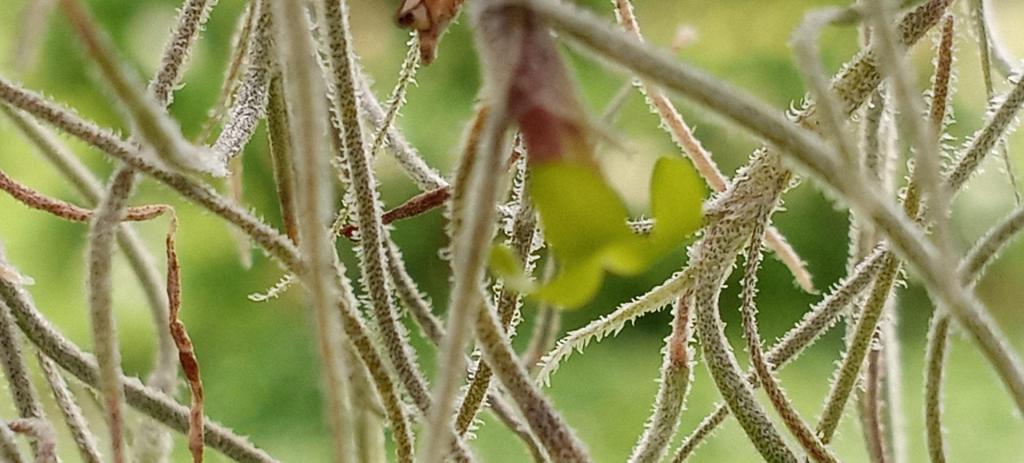











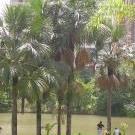



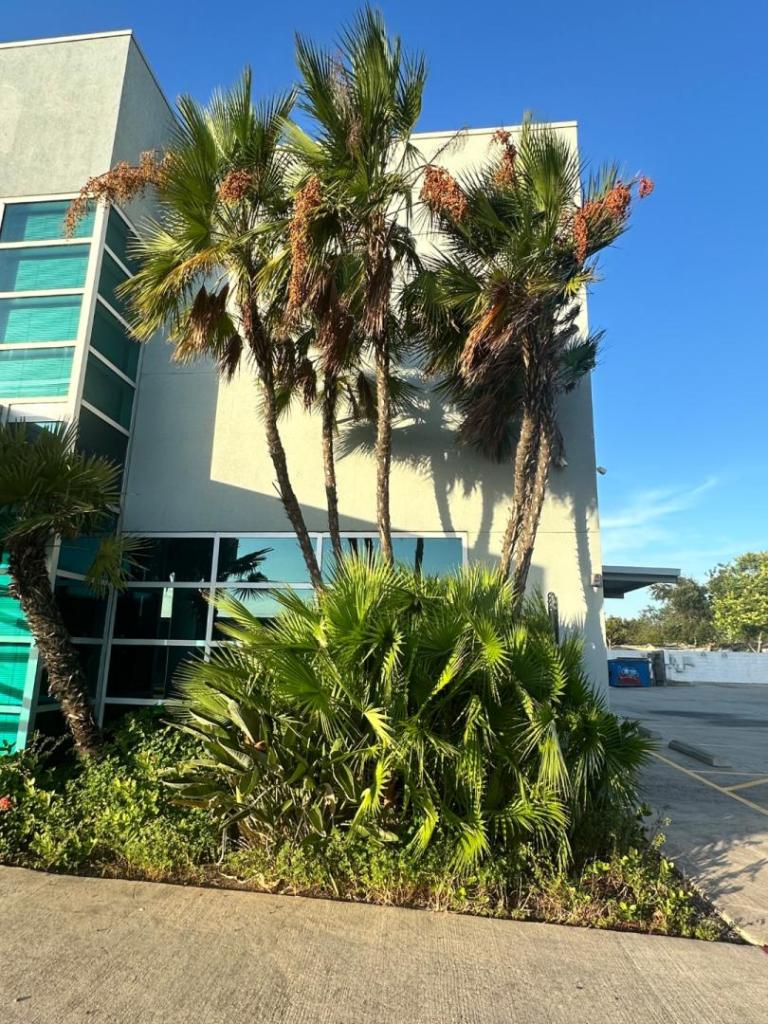








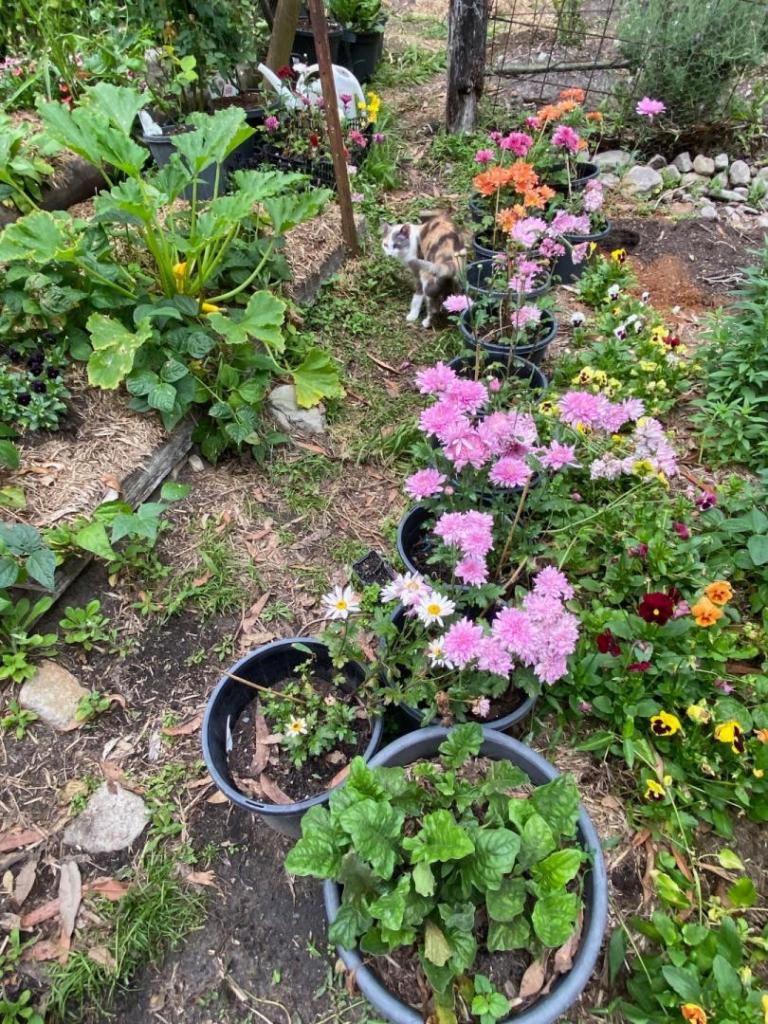






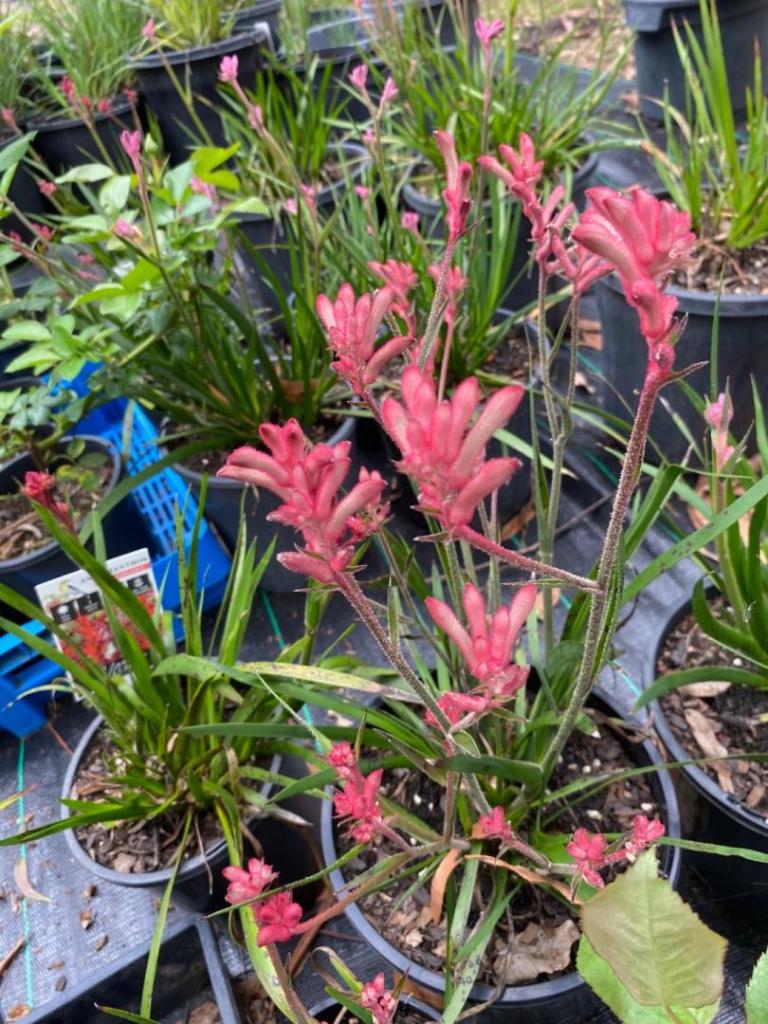

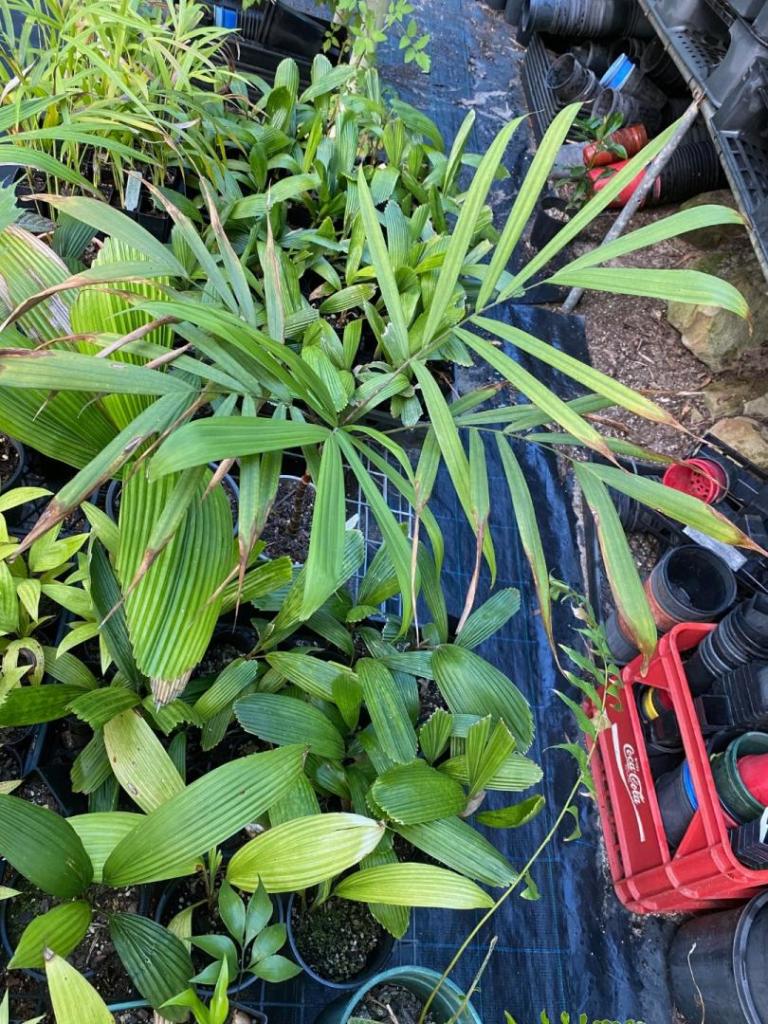
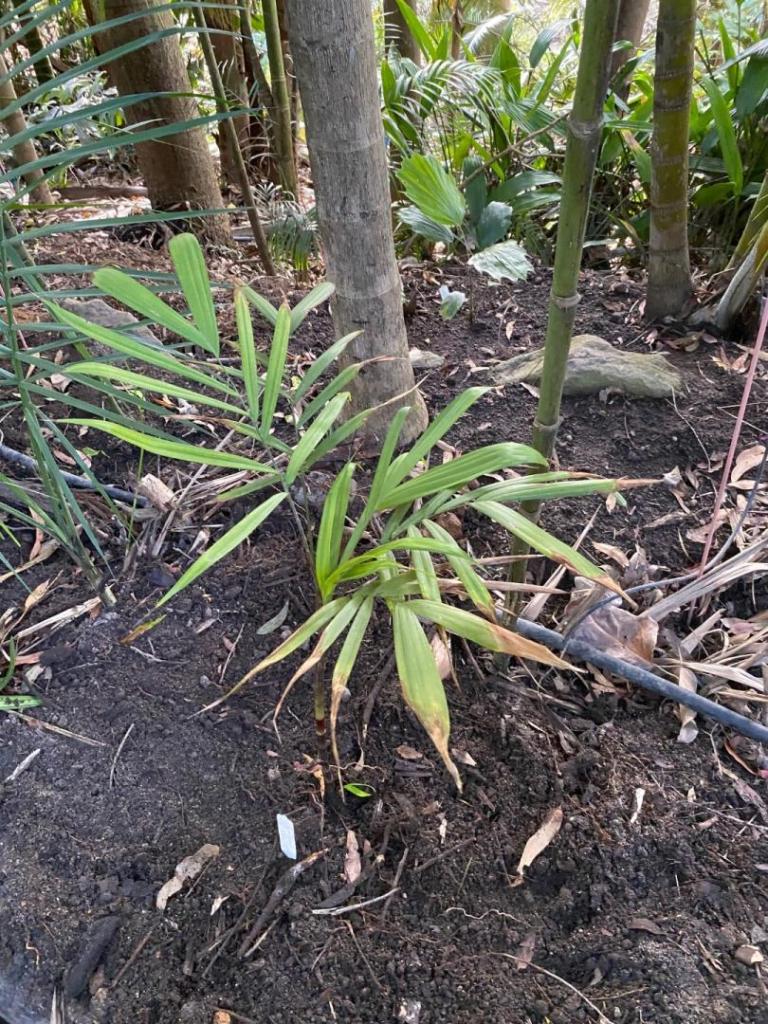




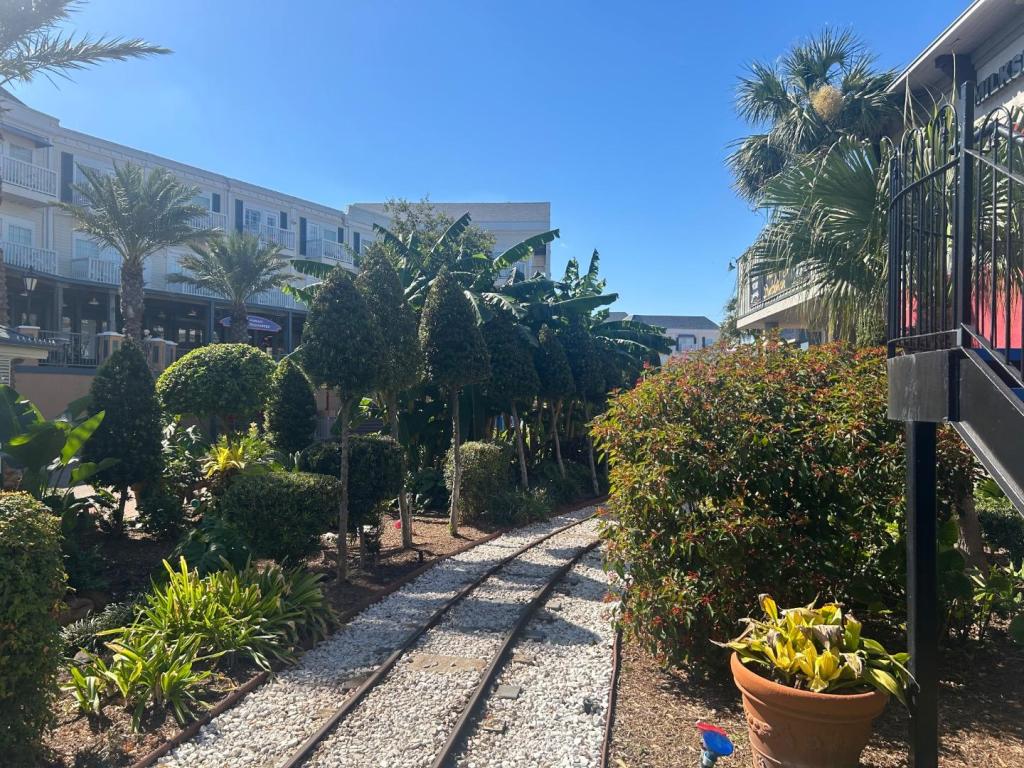
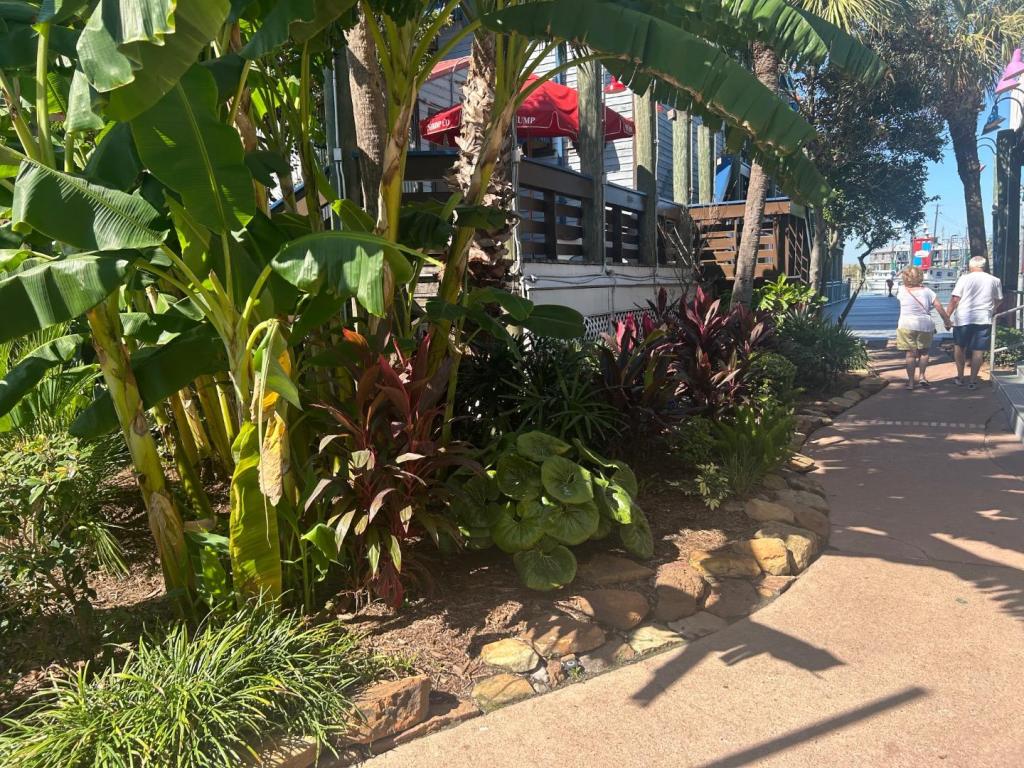

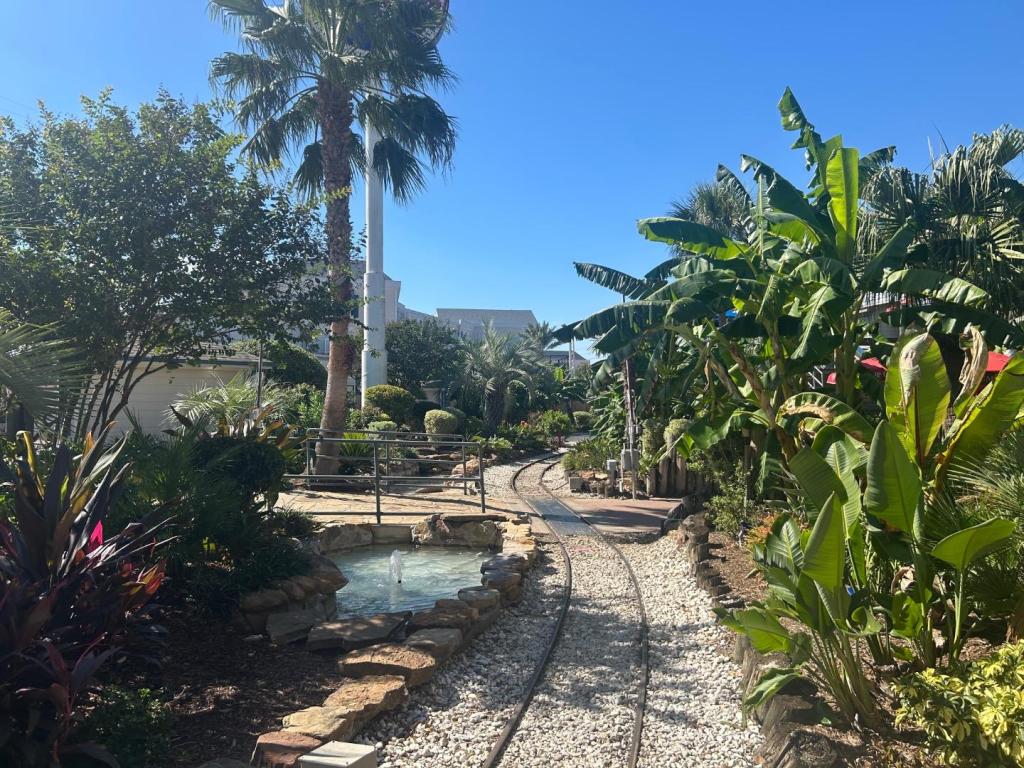
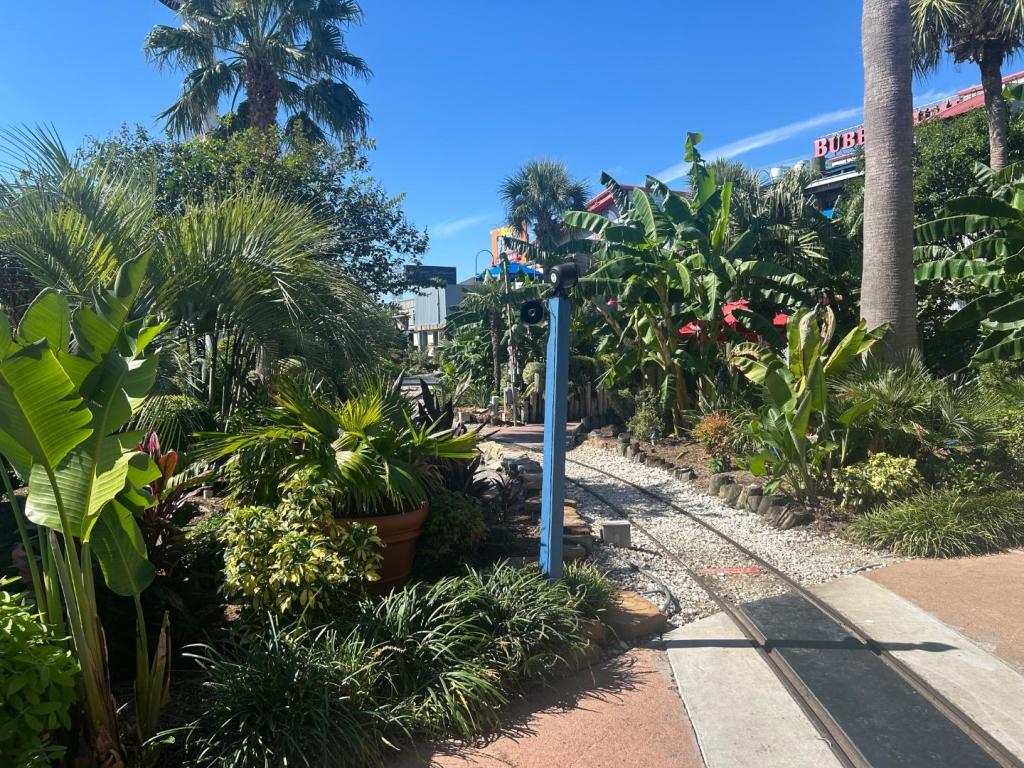






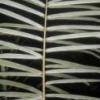

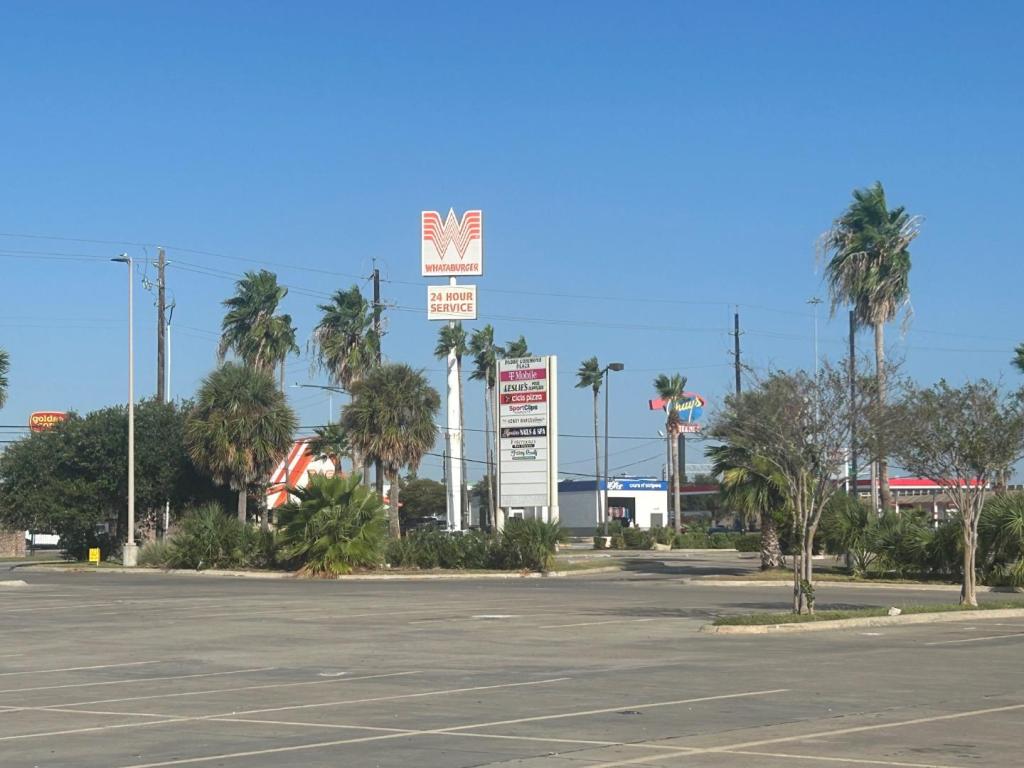

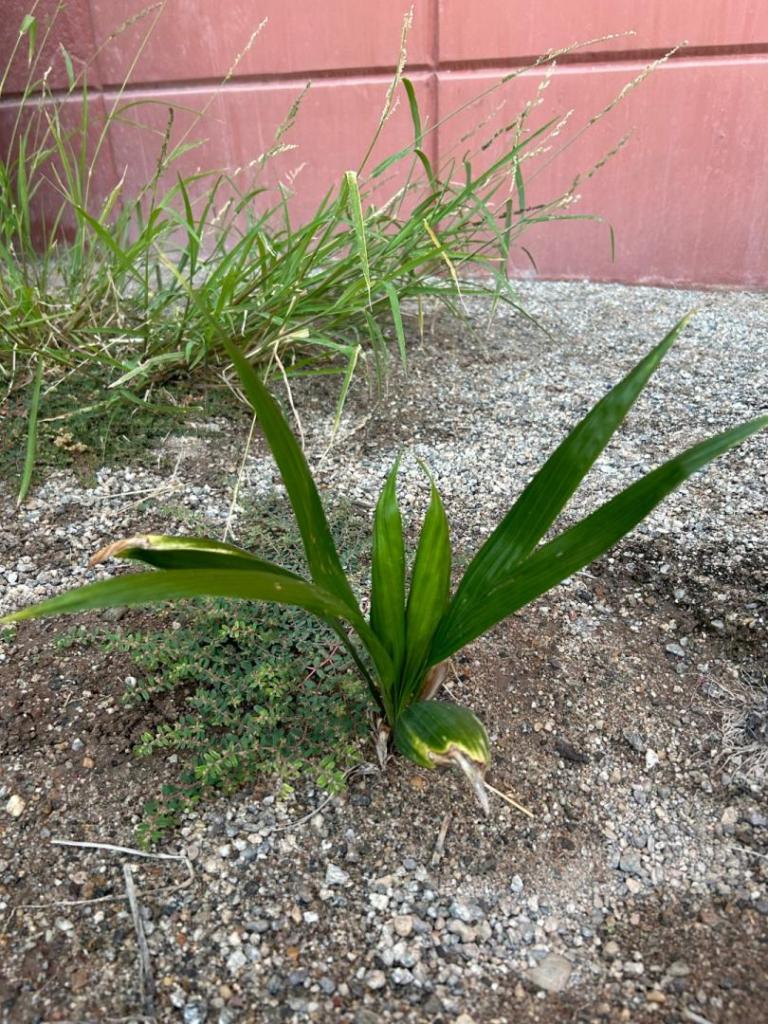
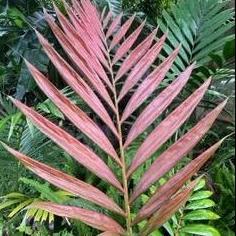
.thumb.jpg.304b32ca4398a111edf4ac525048111e.jpg)














